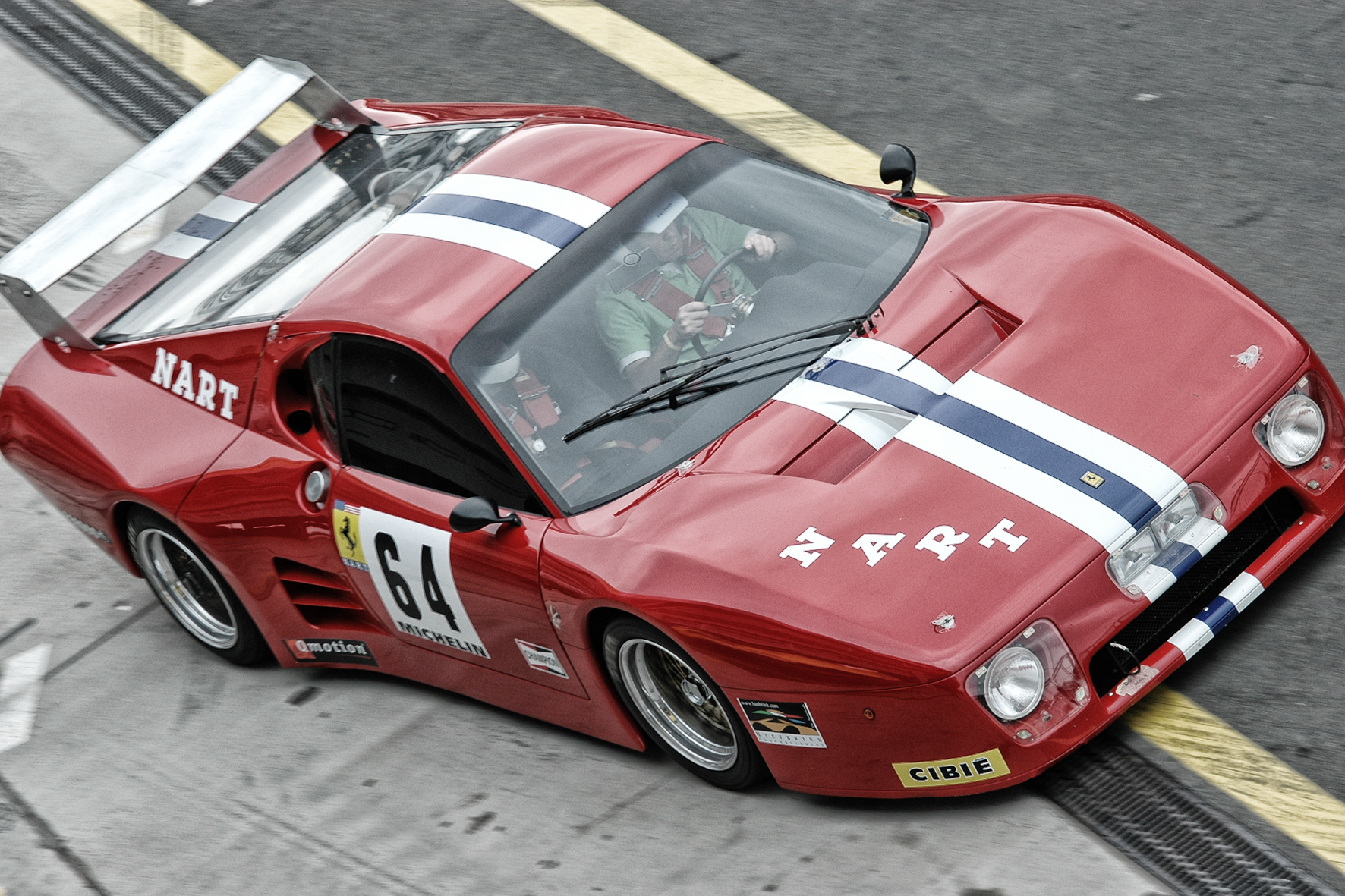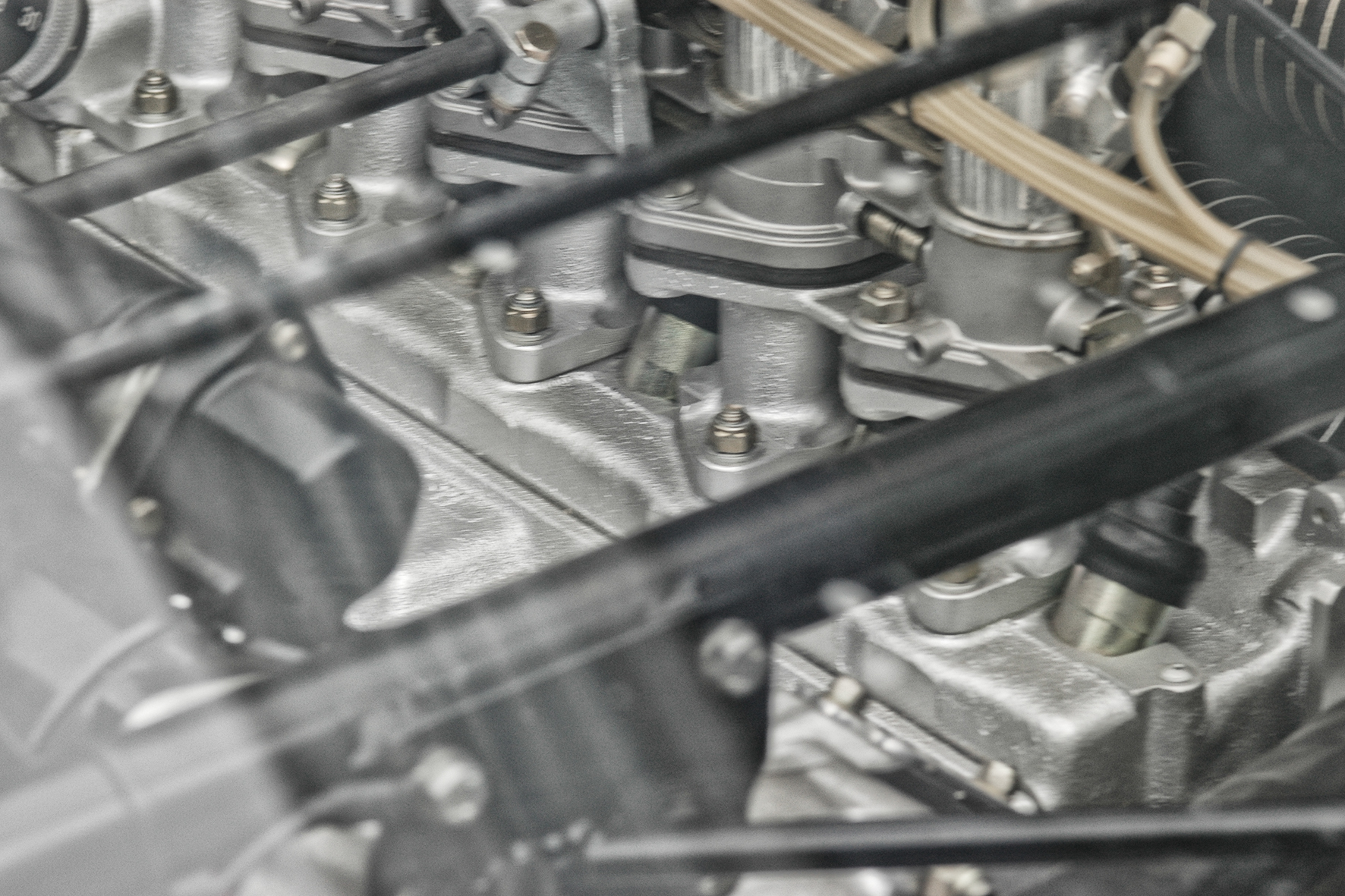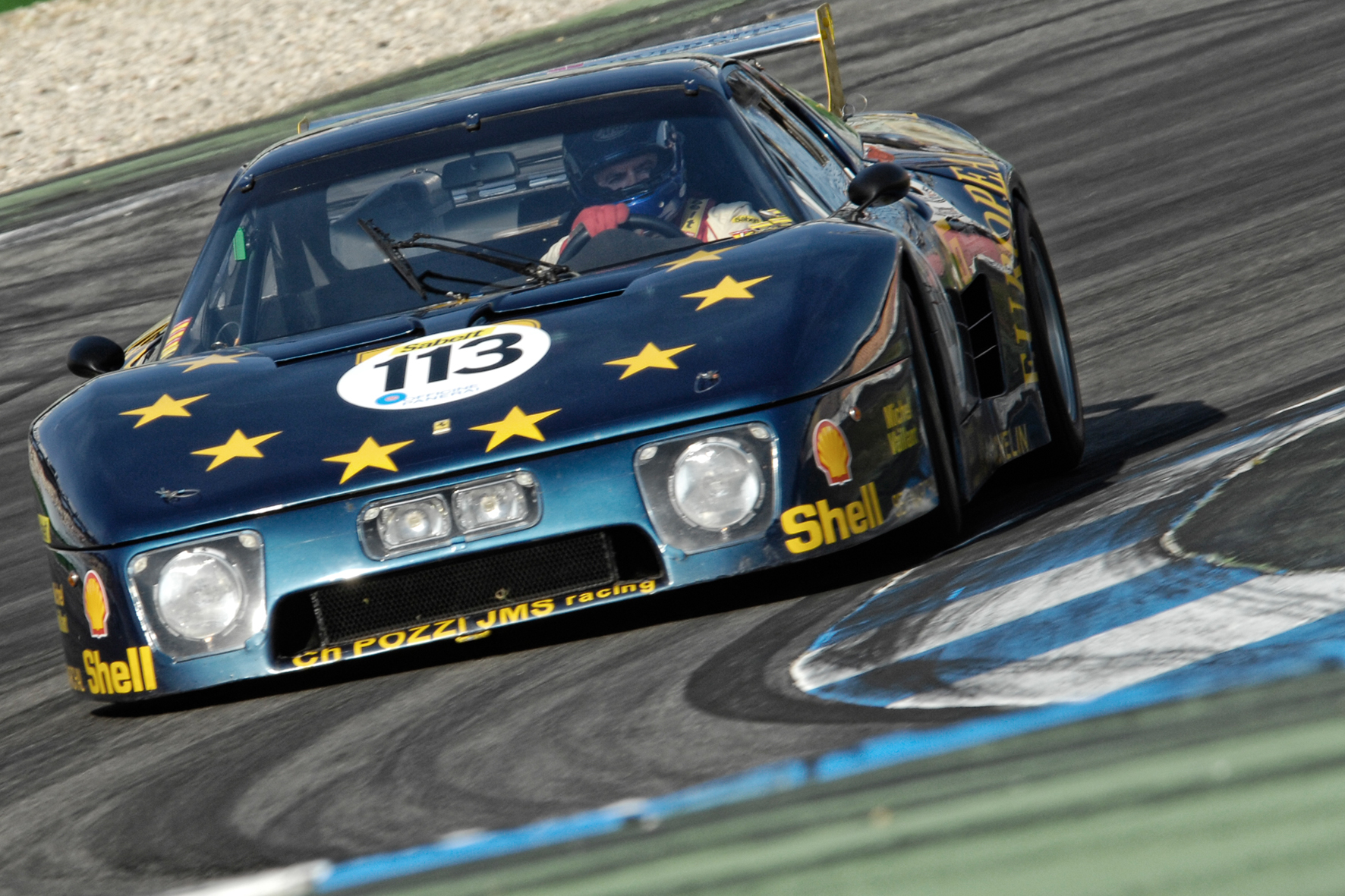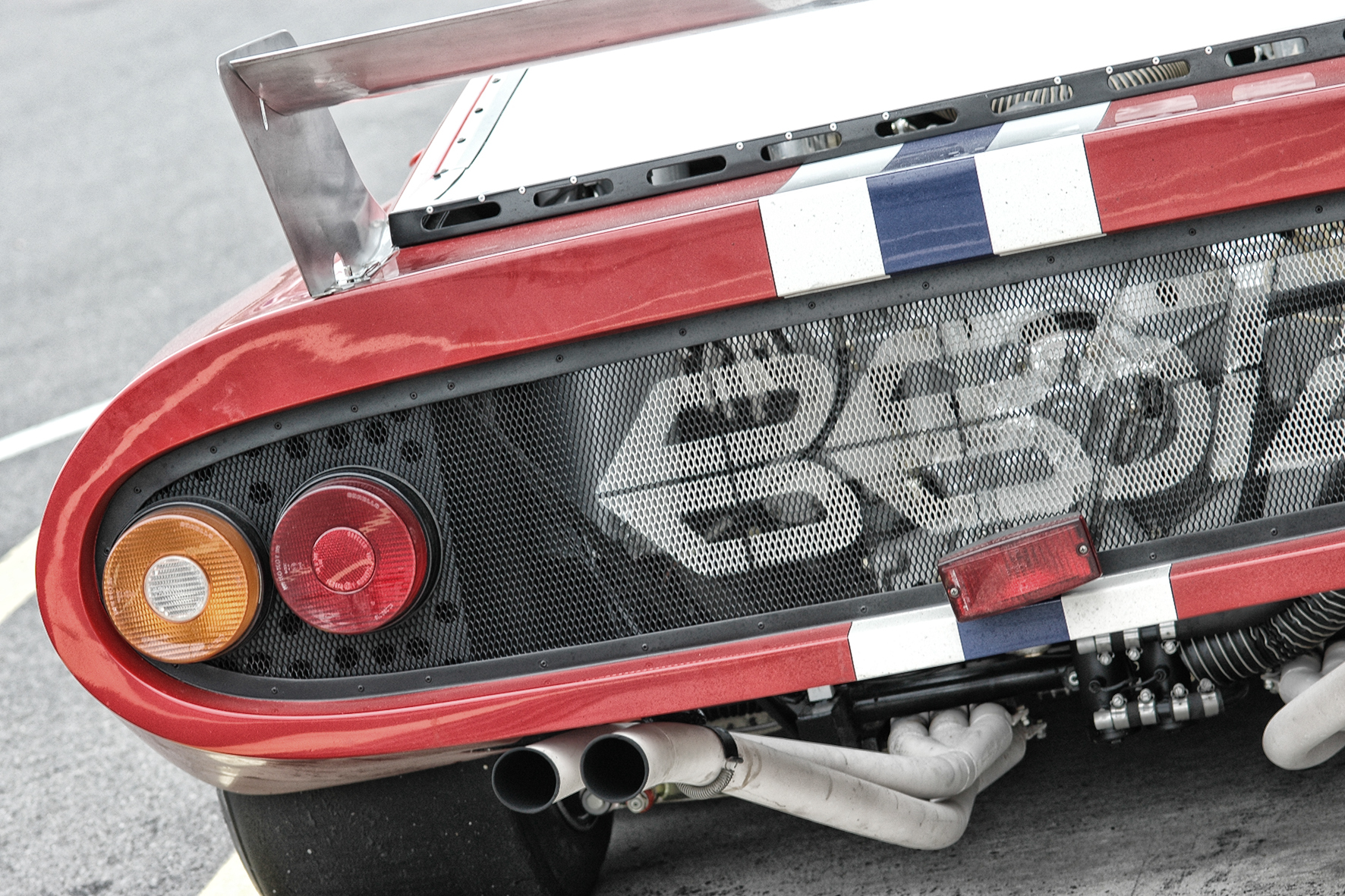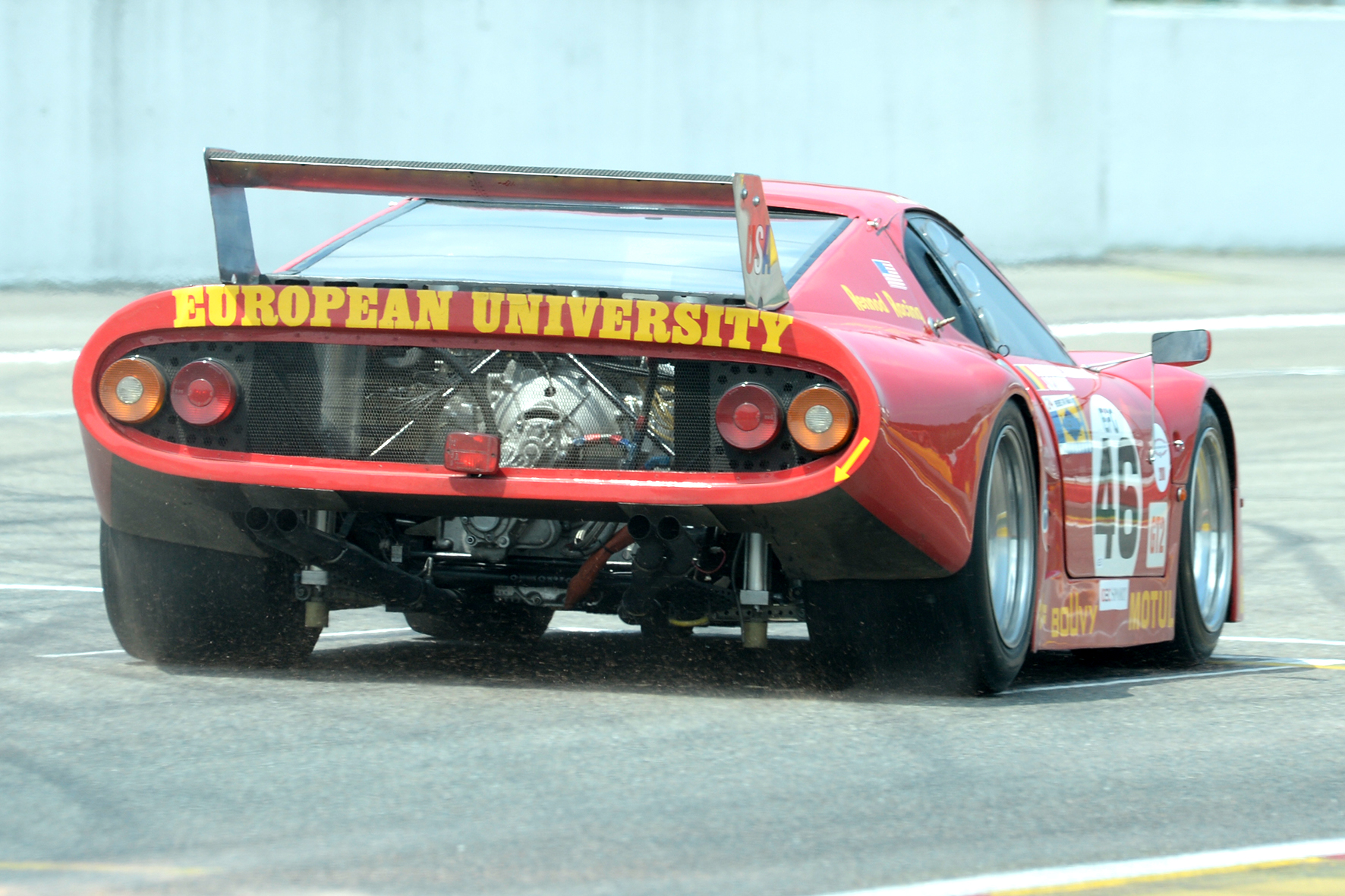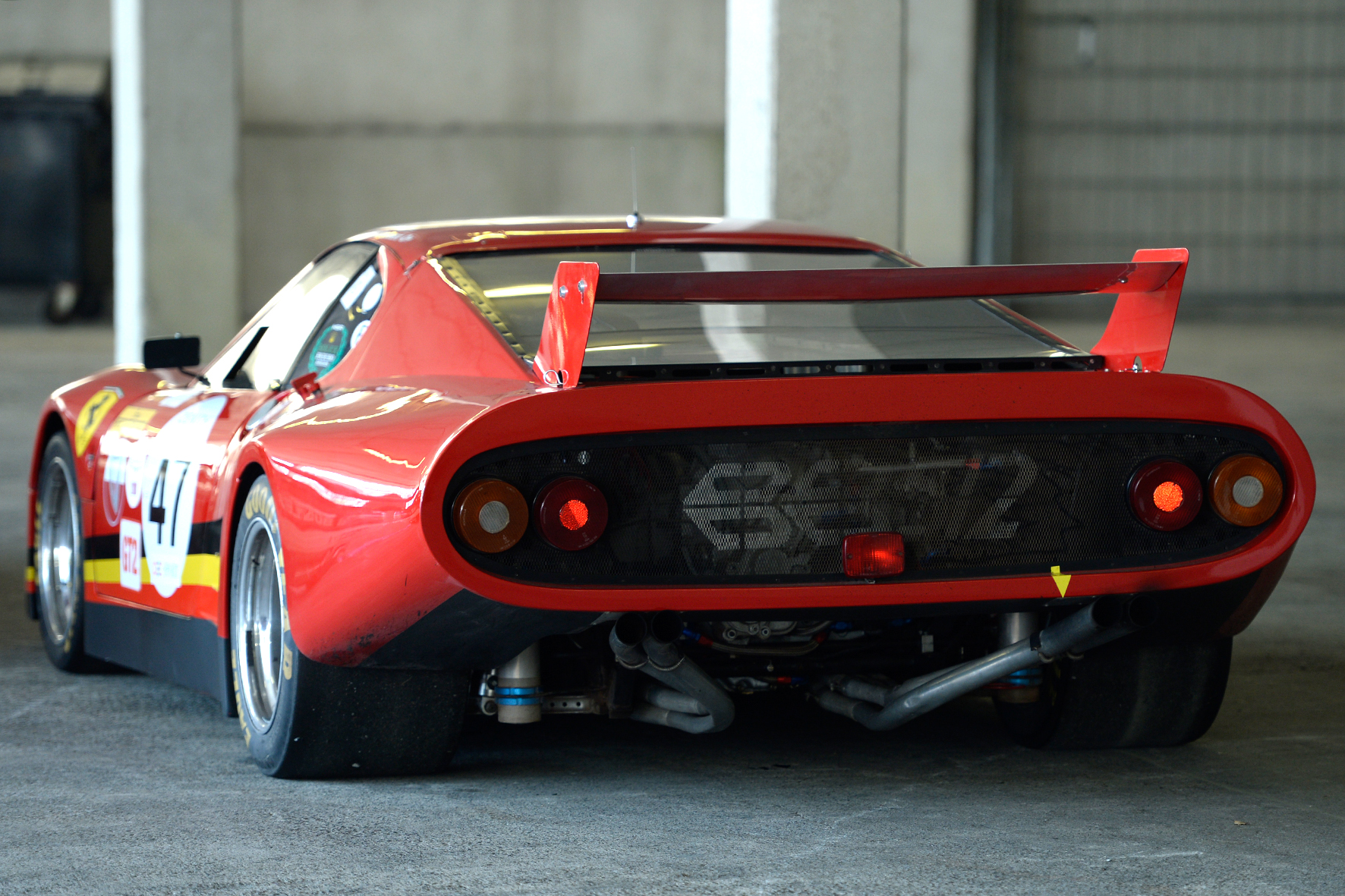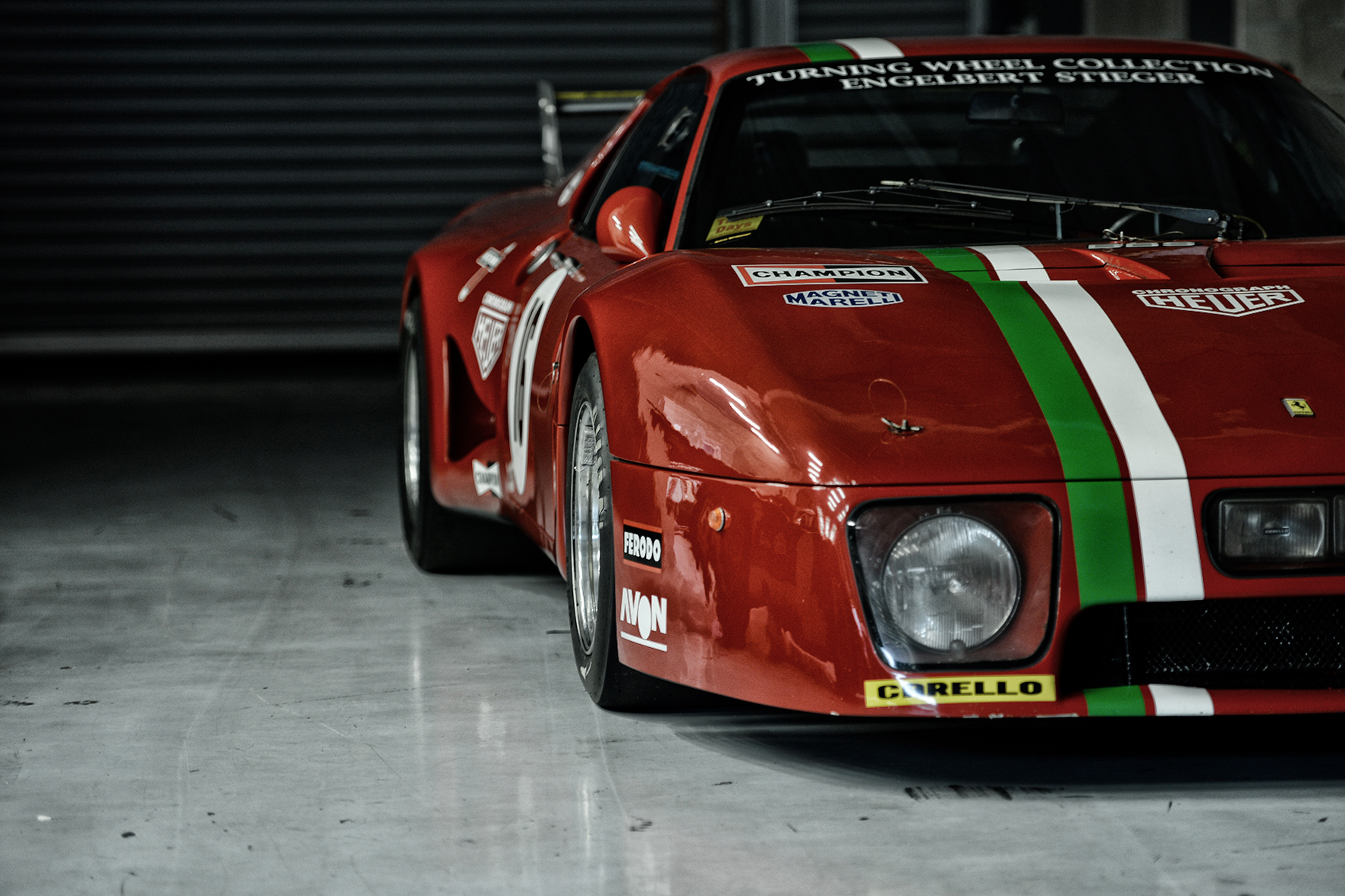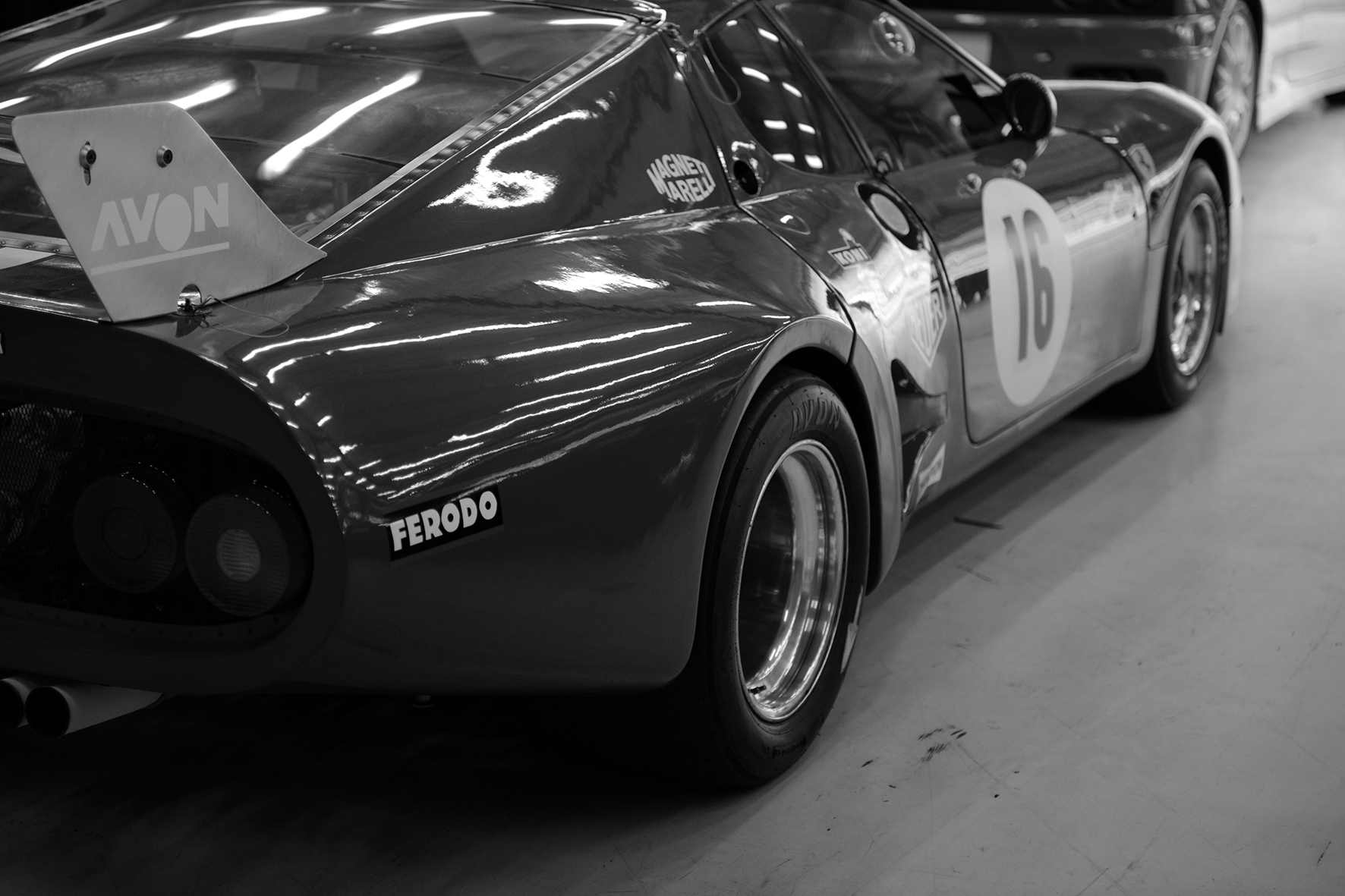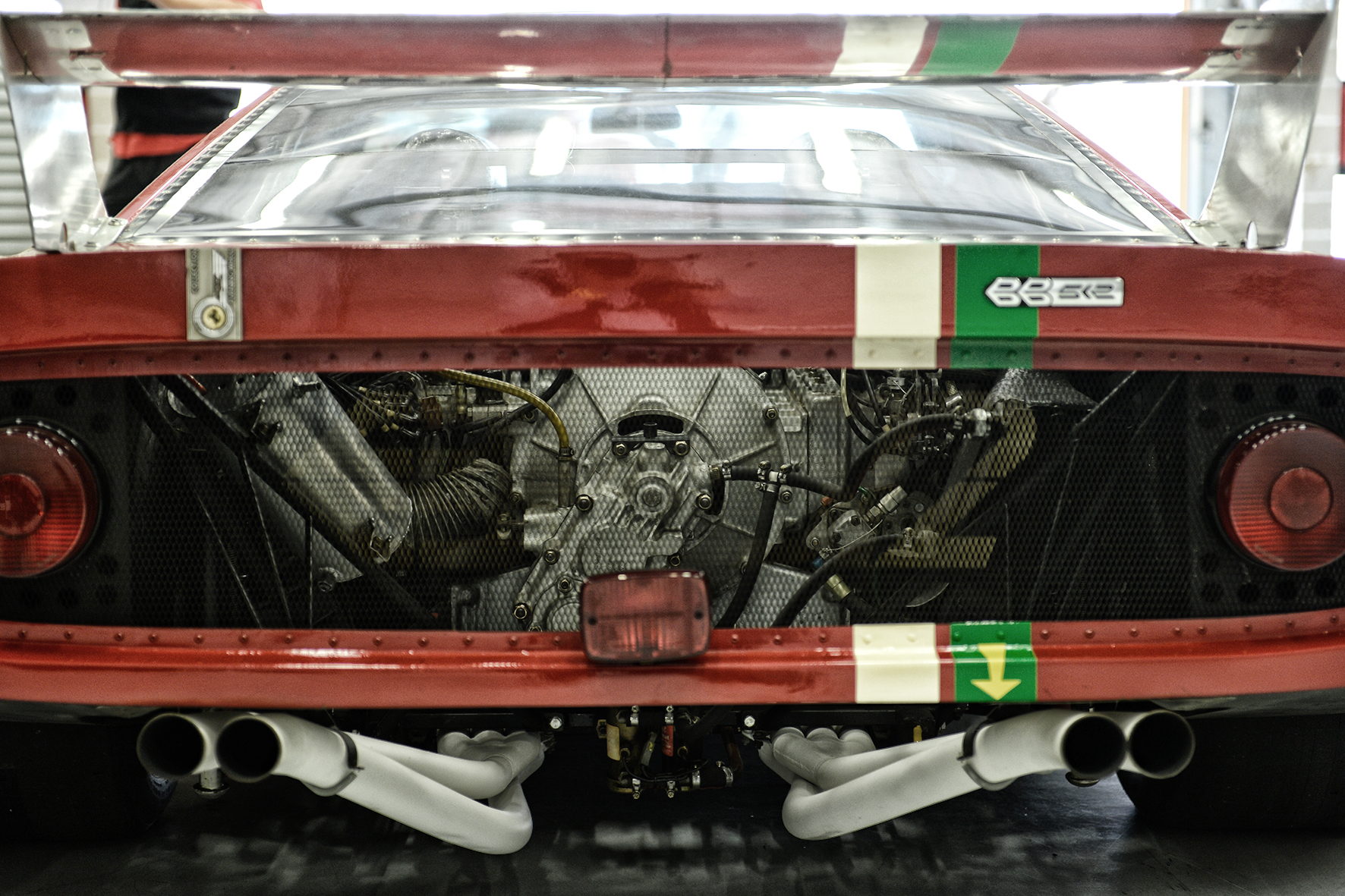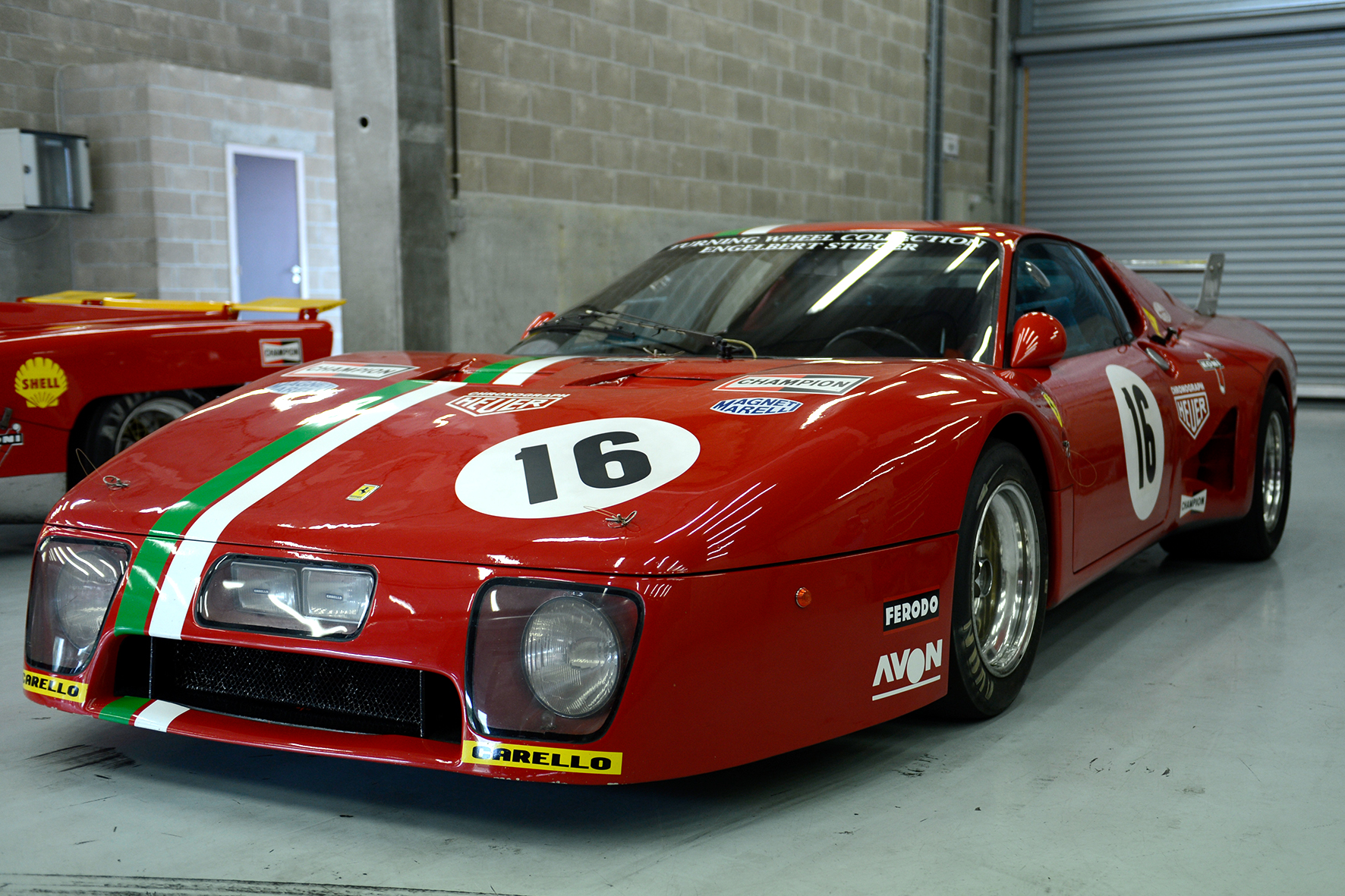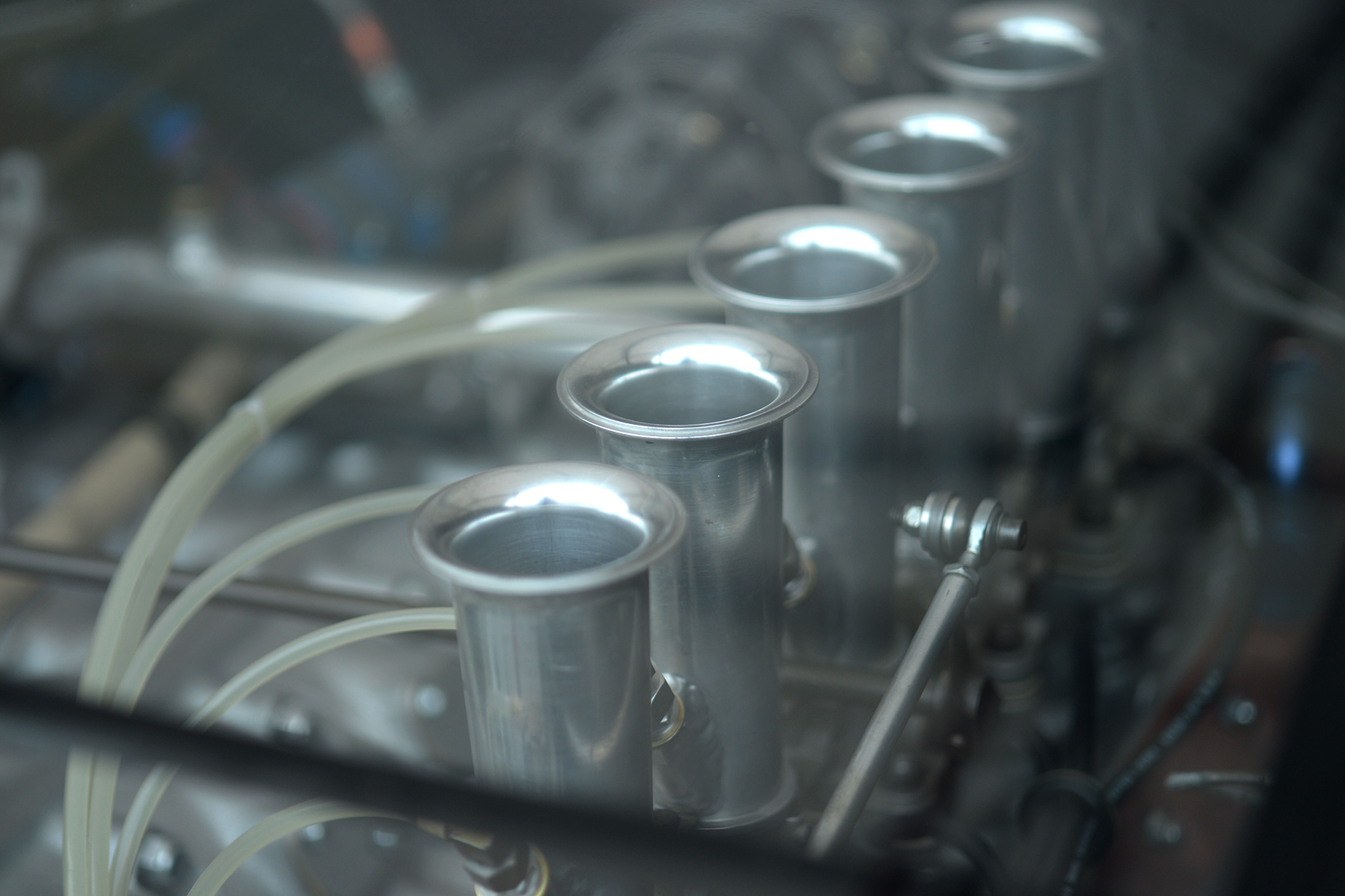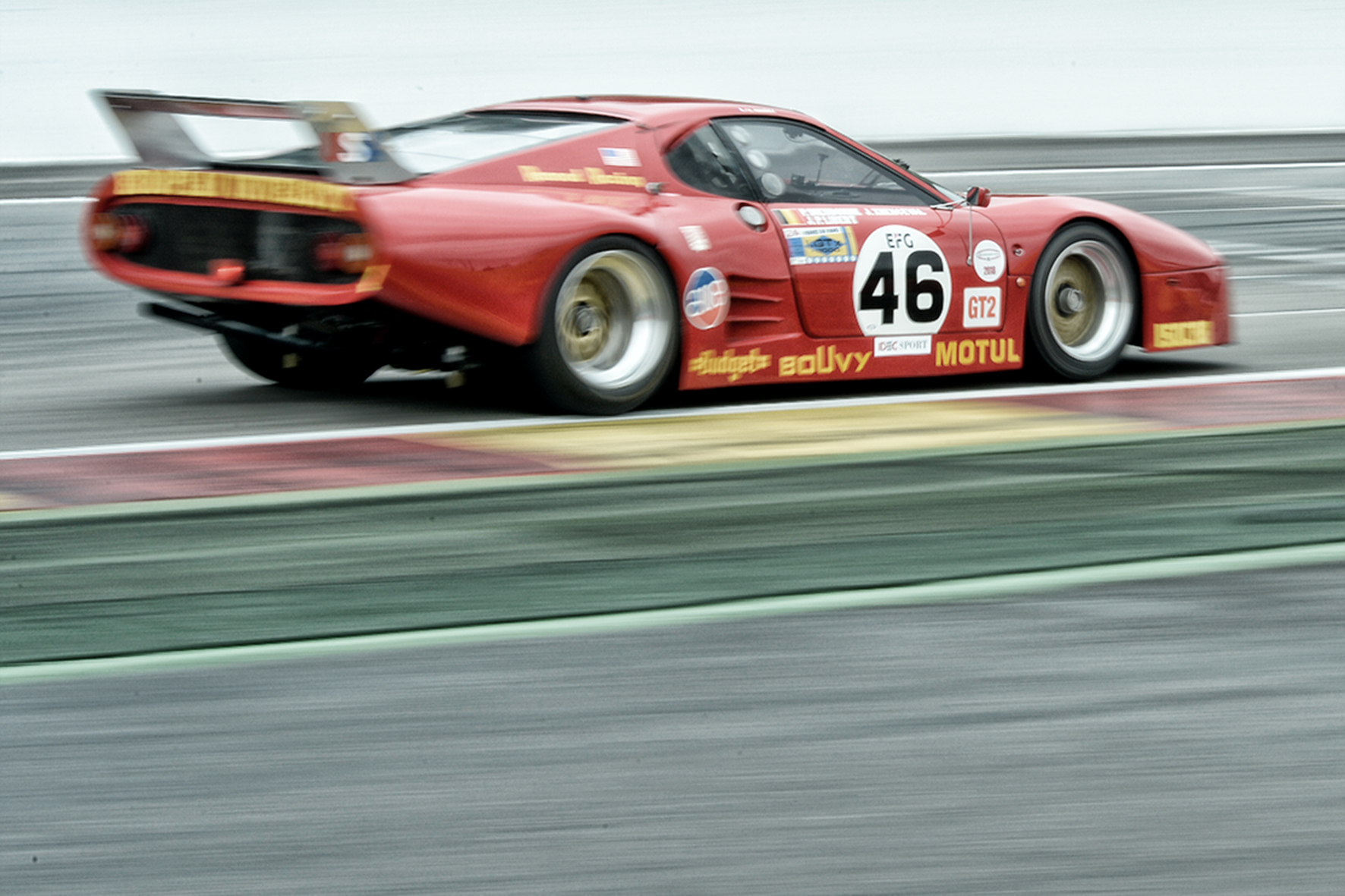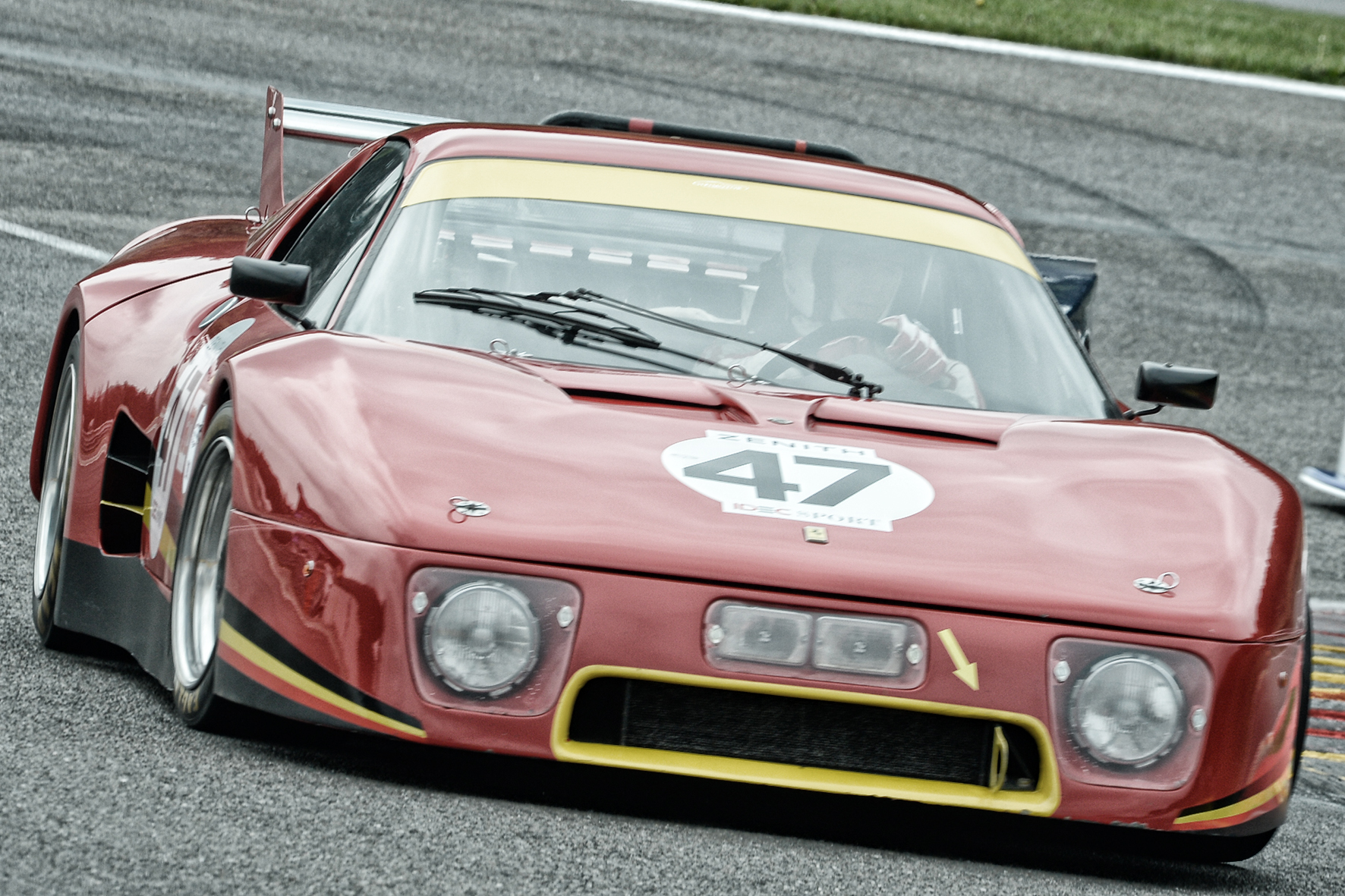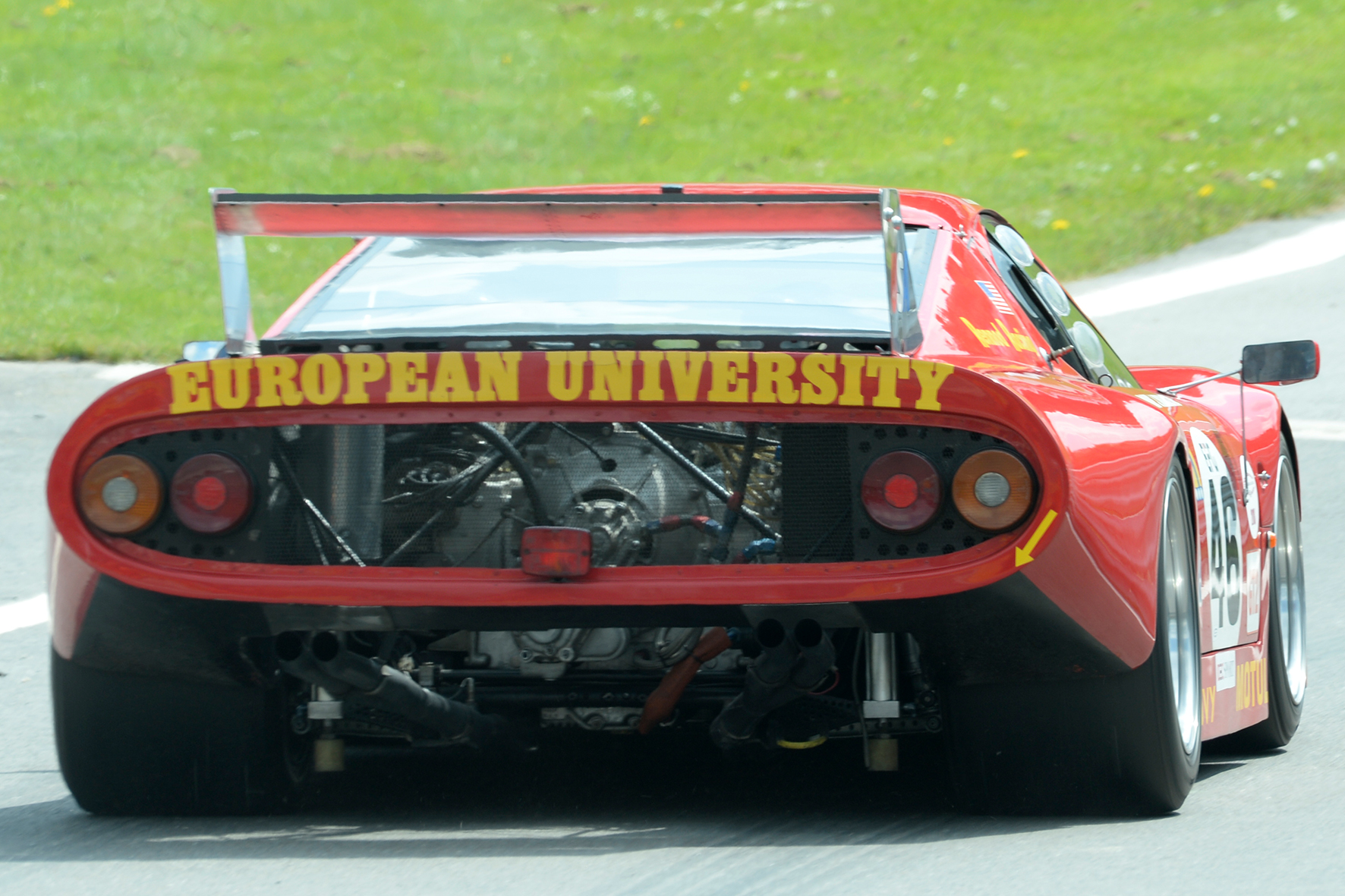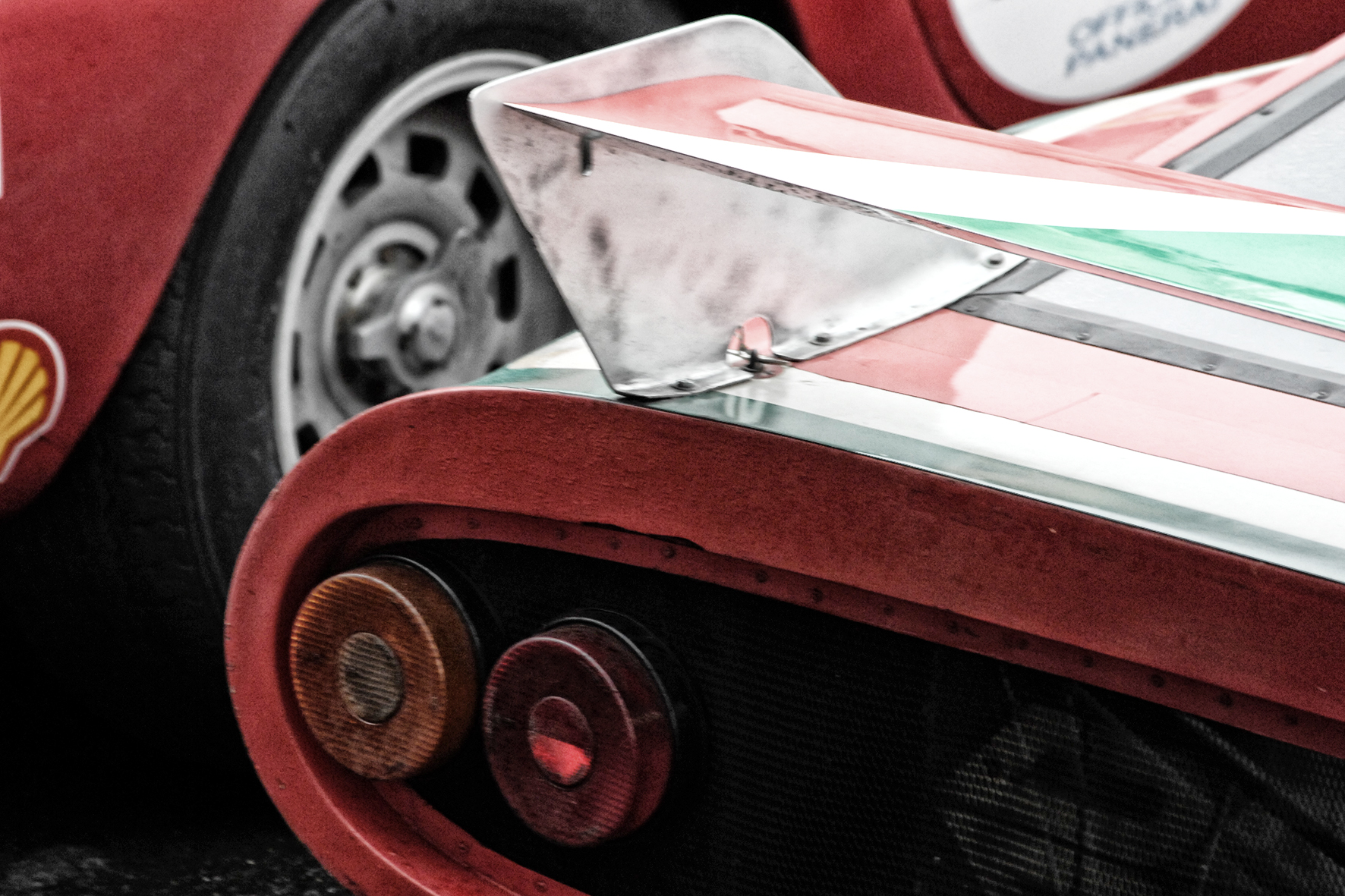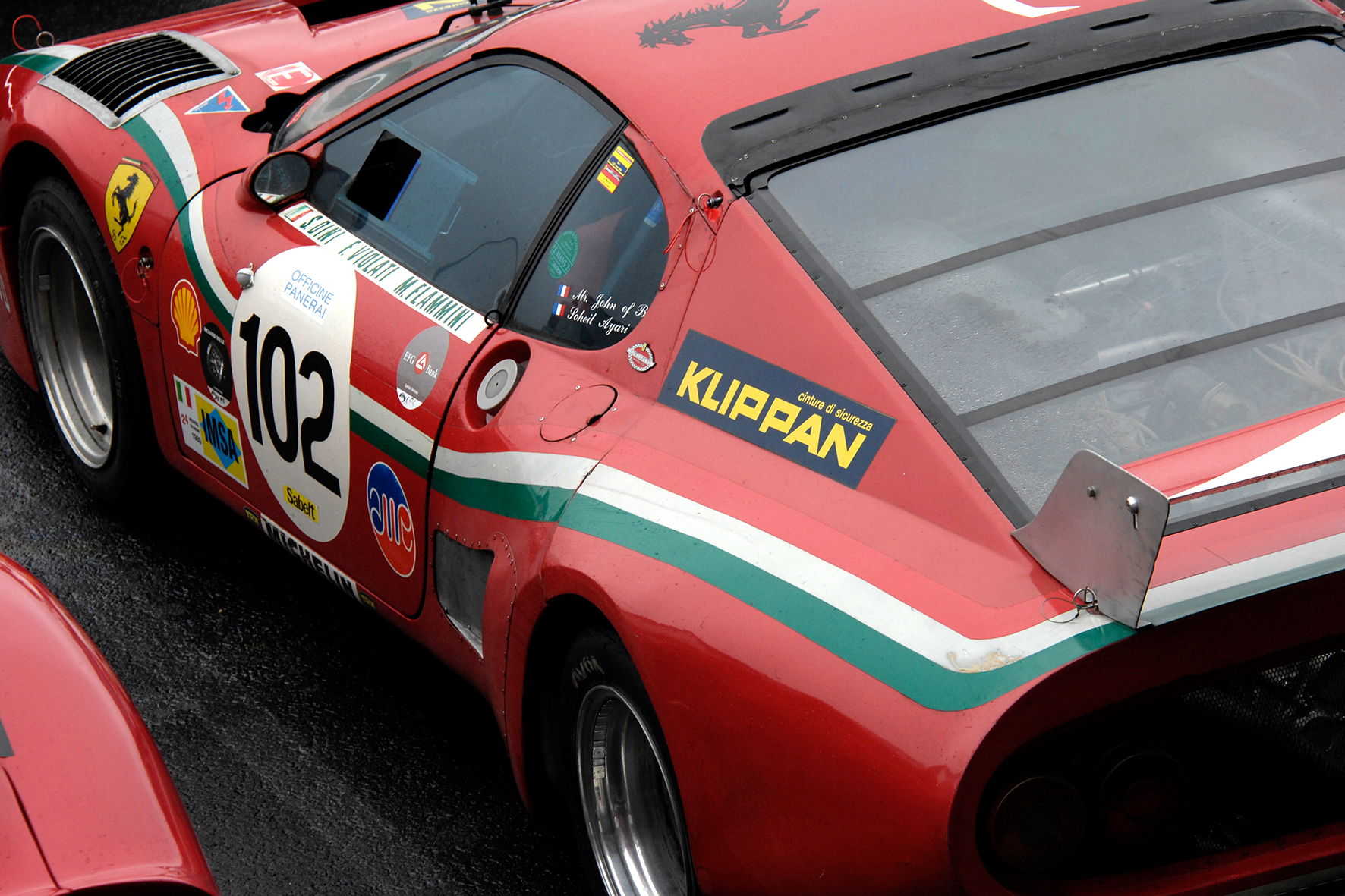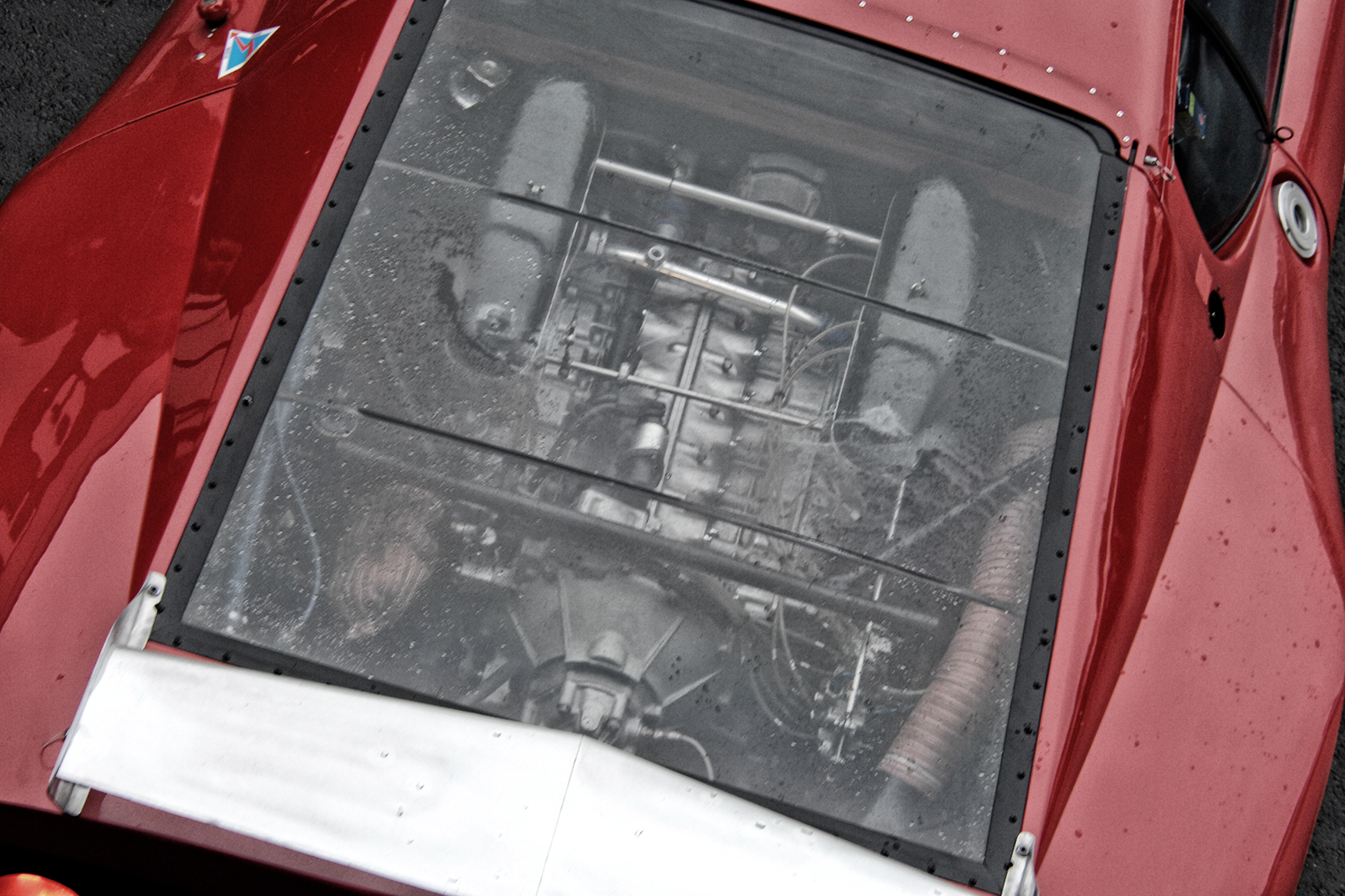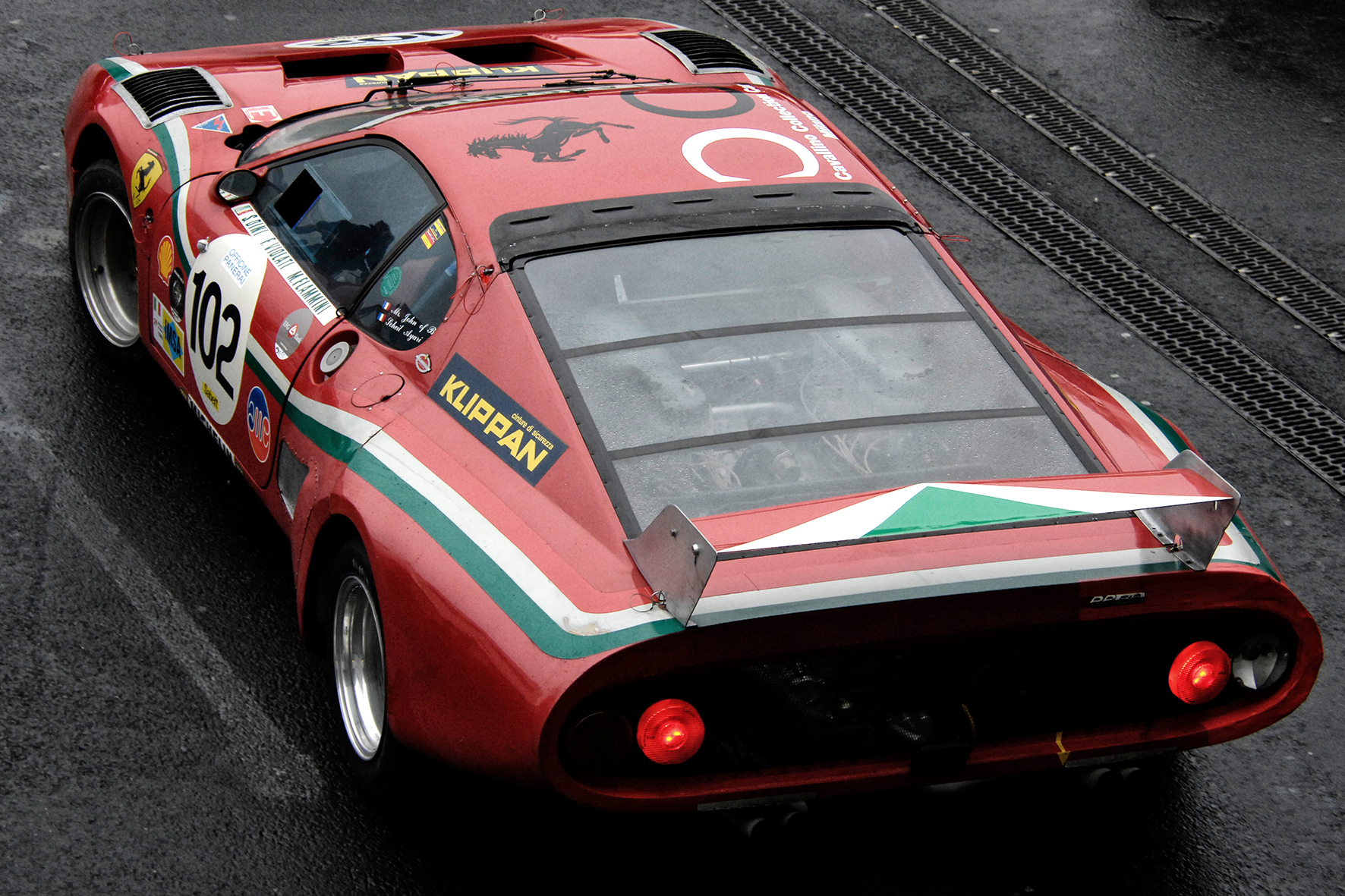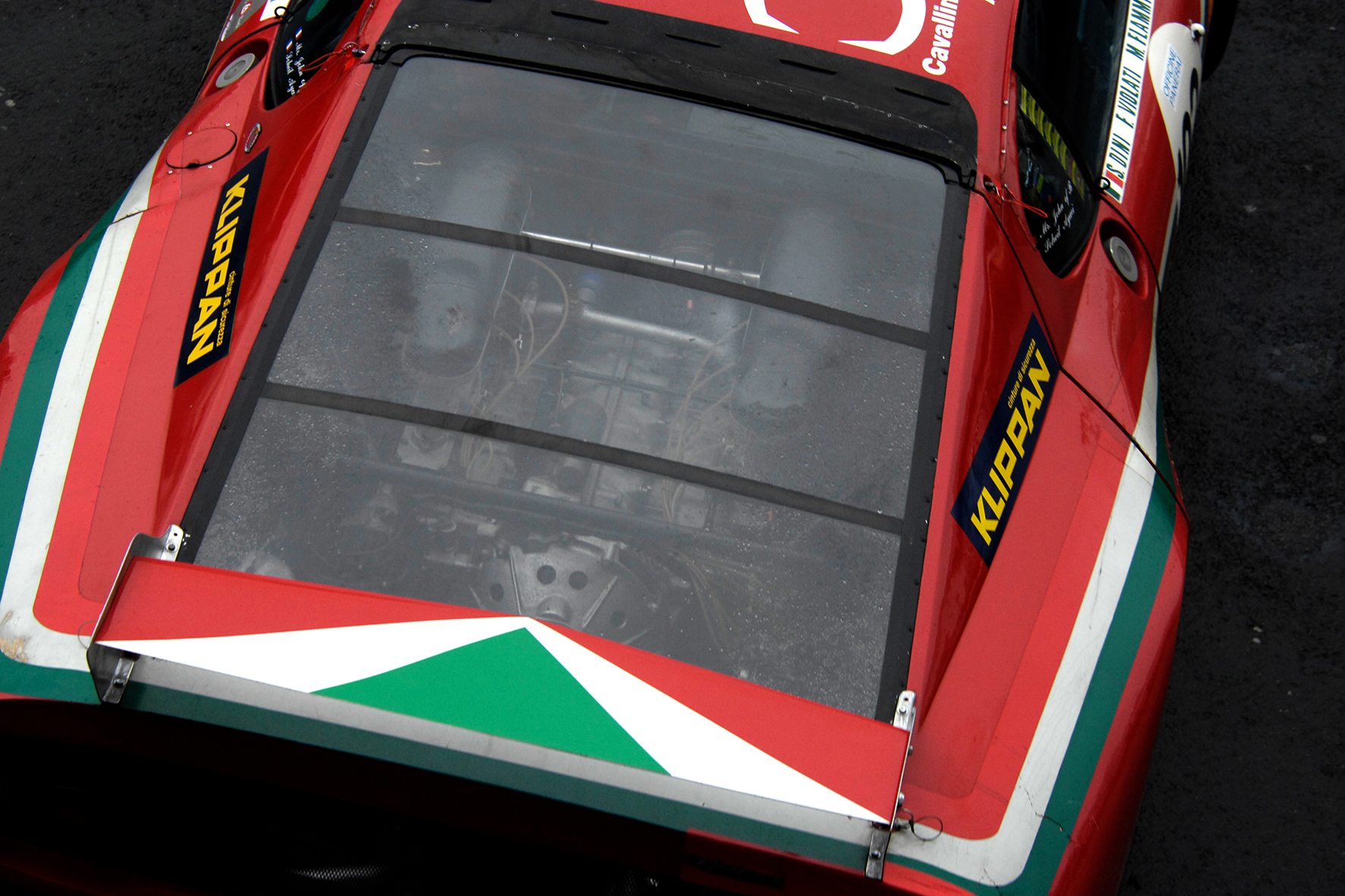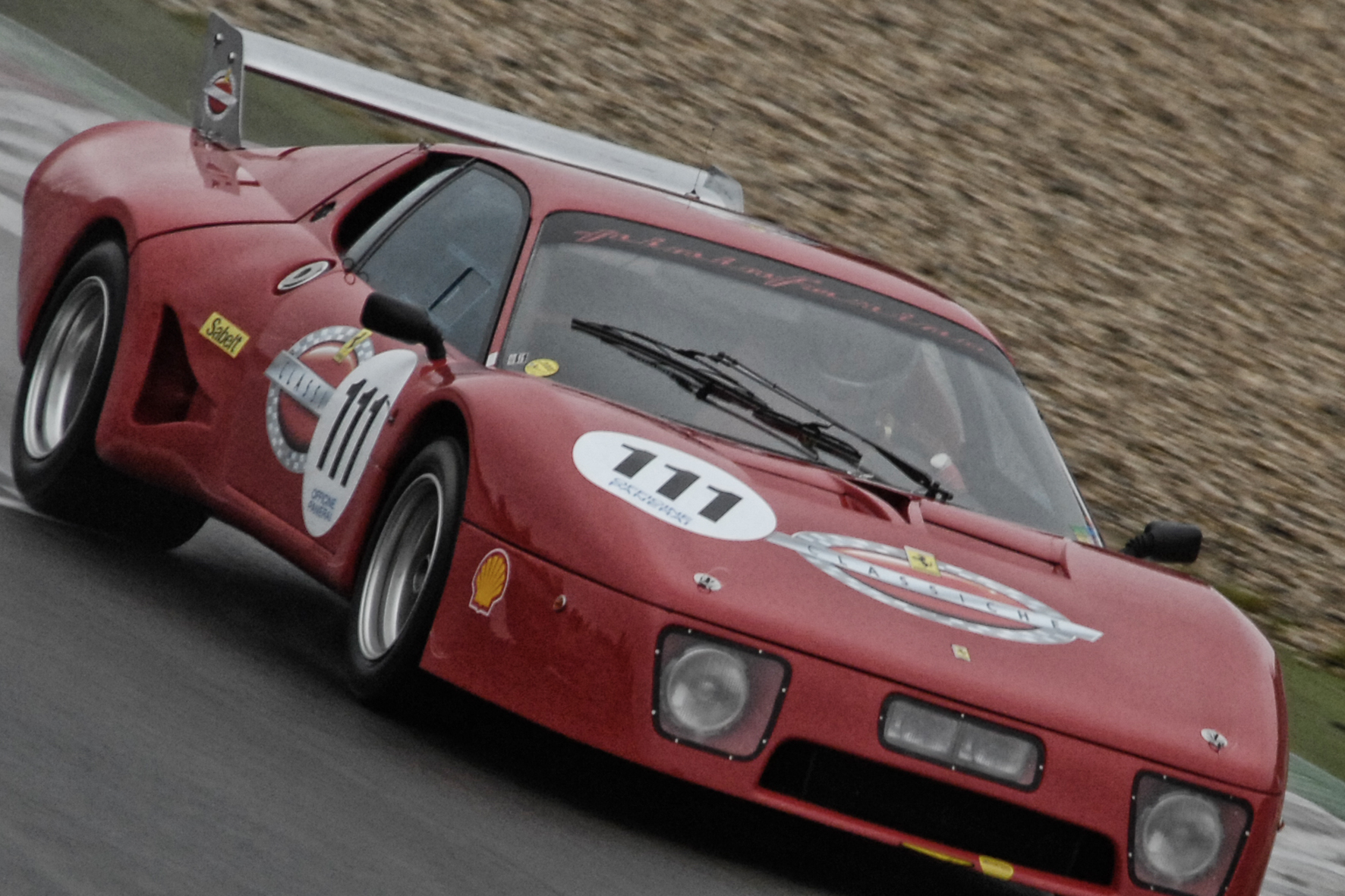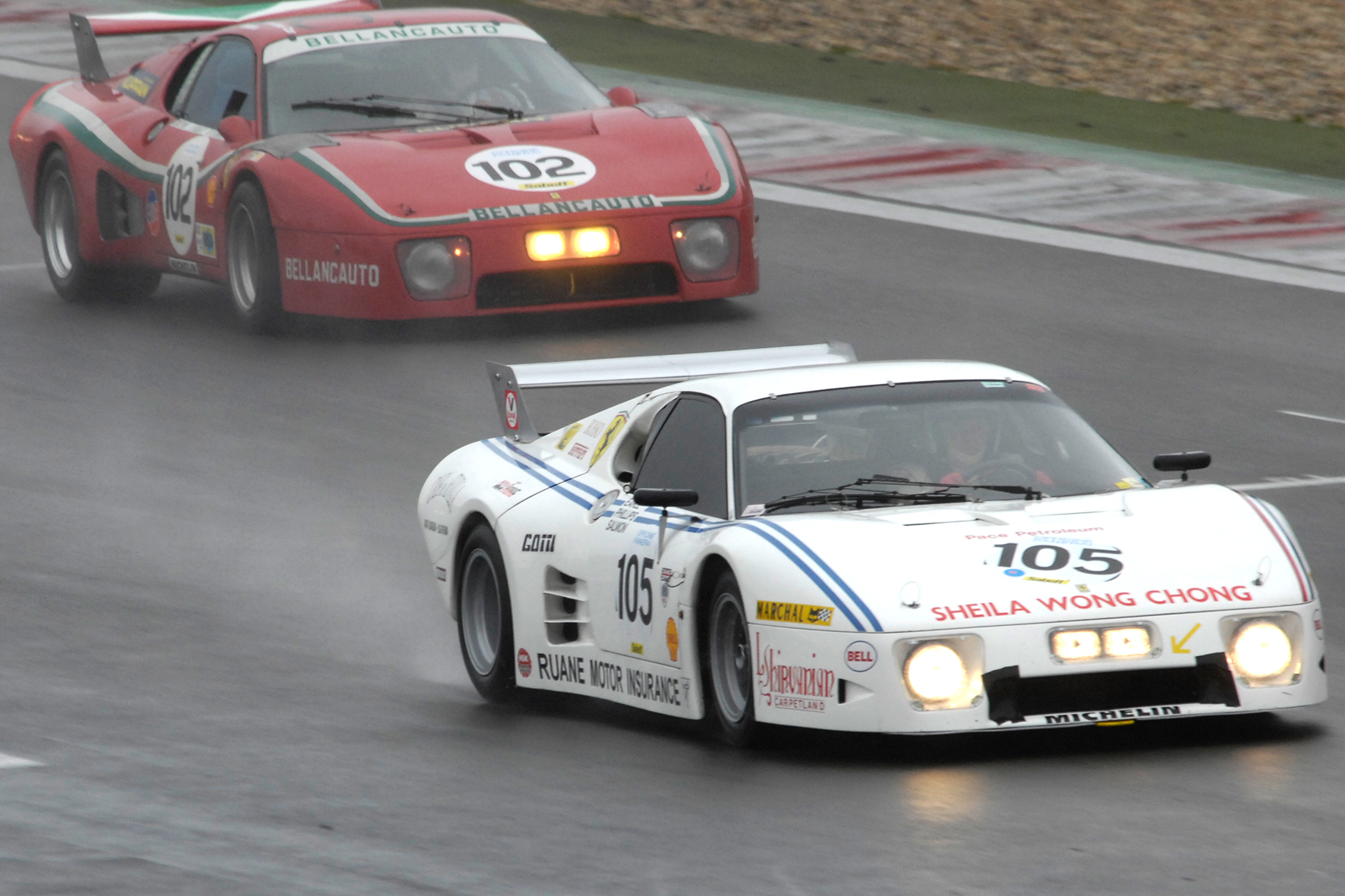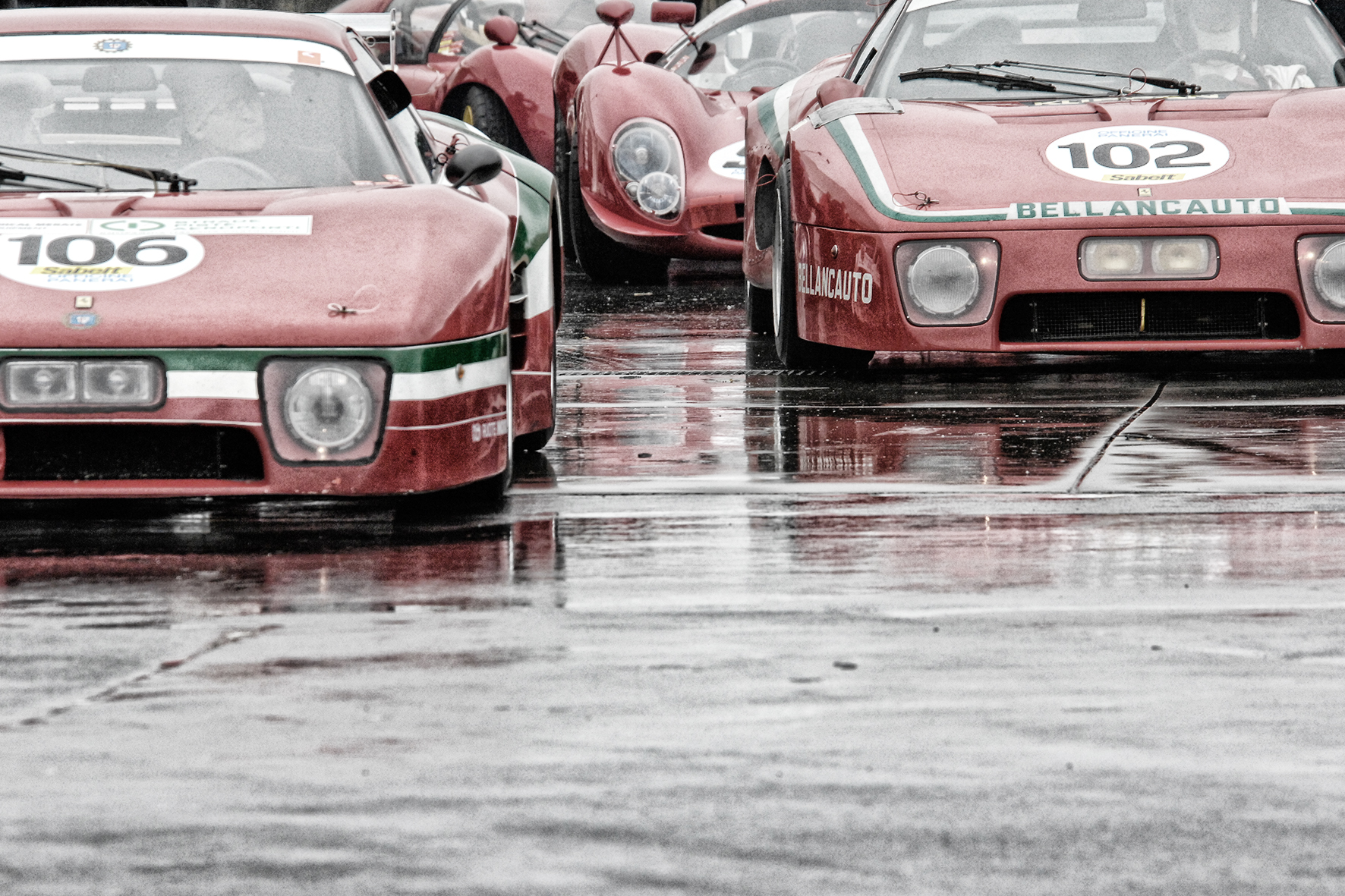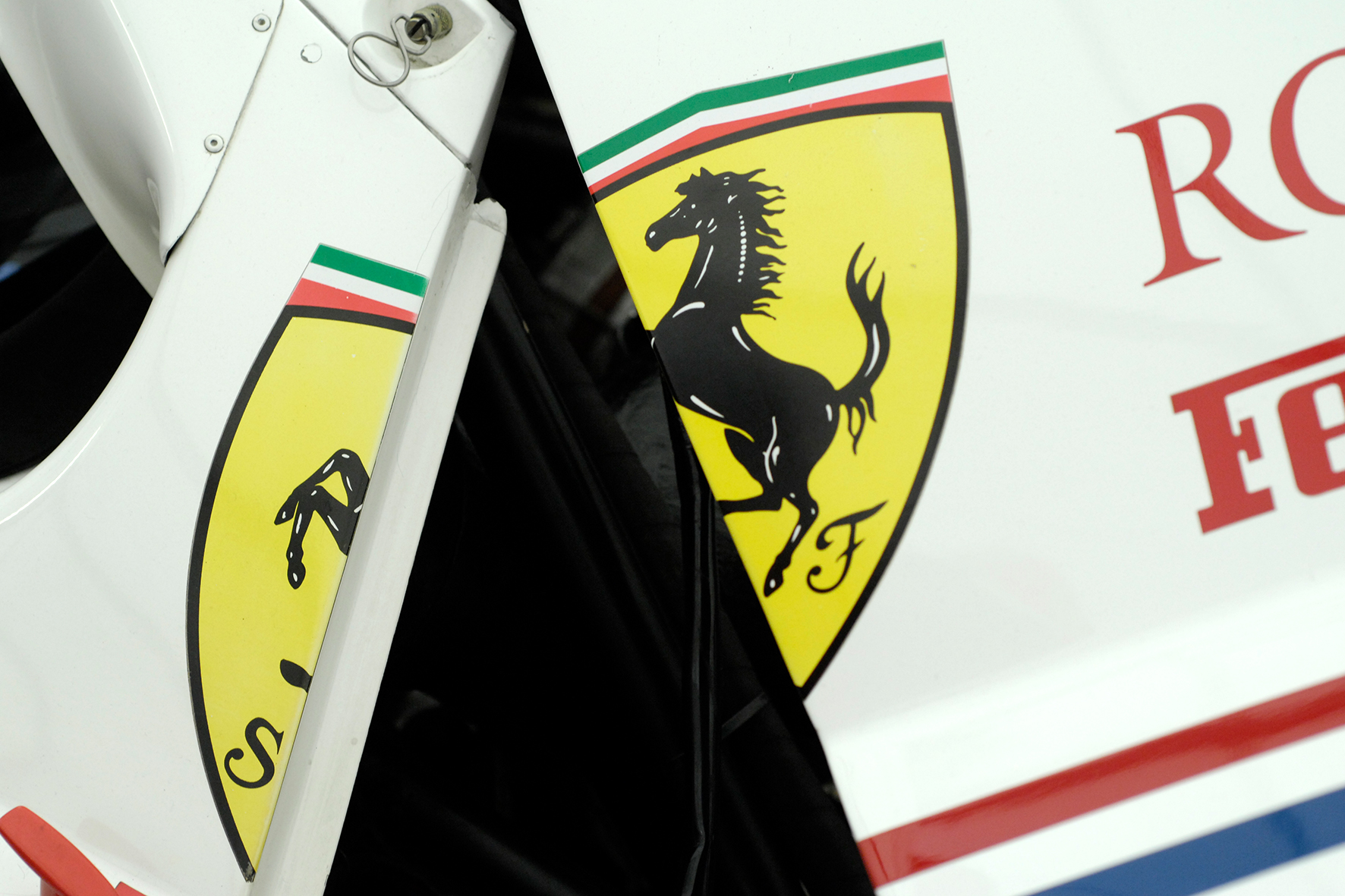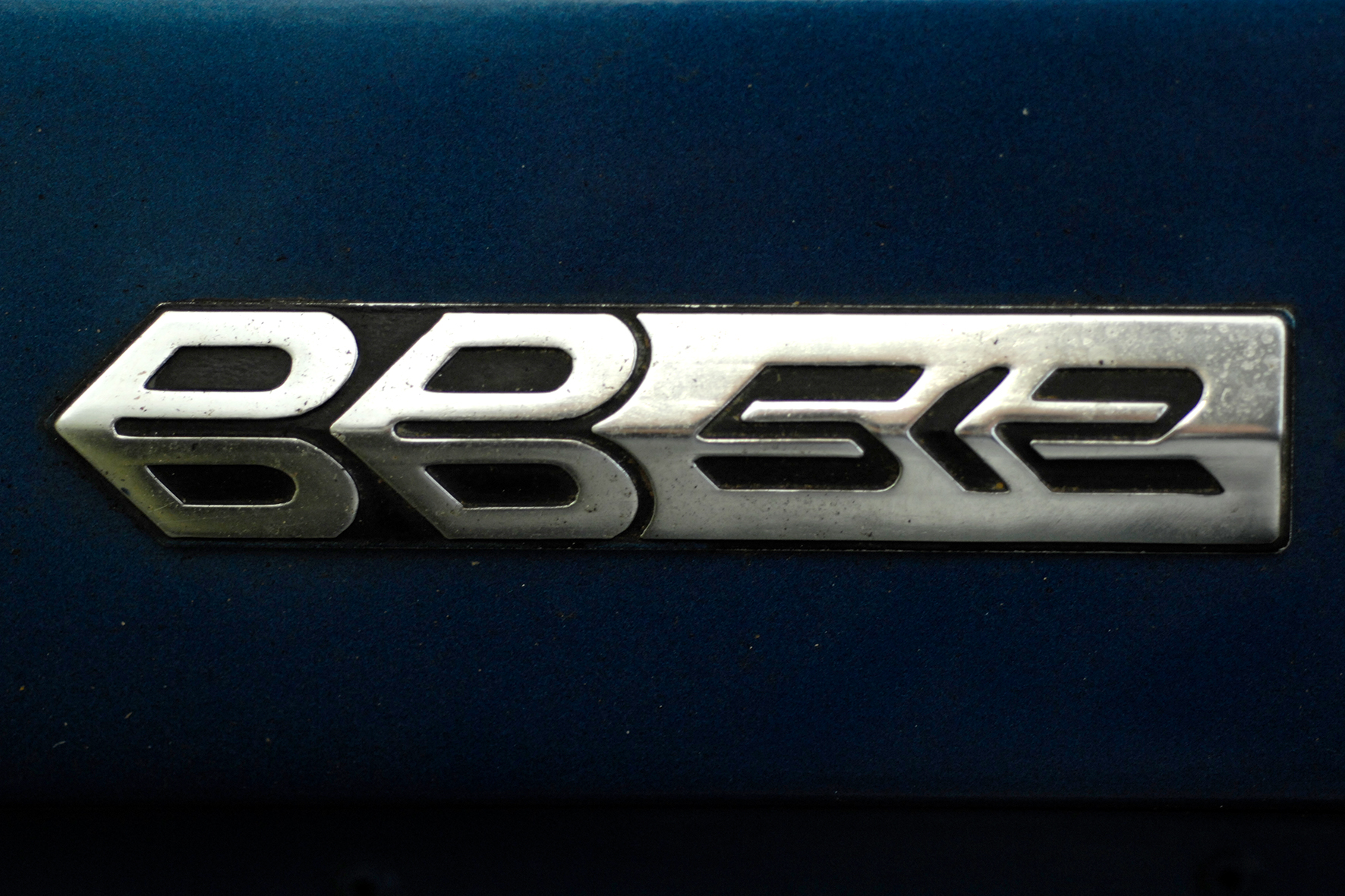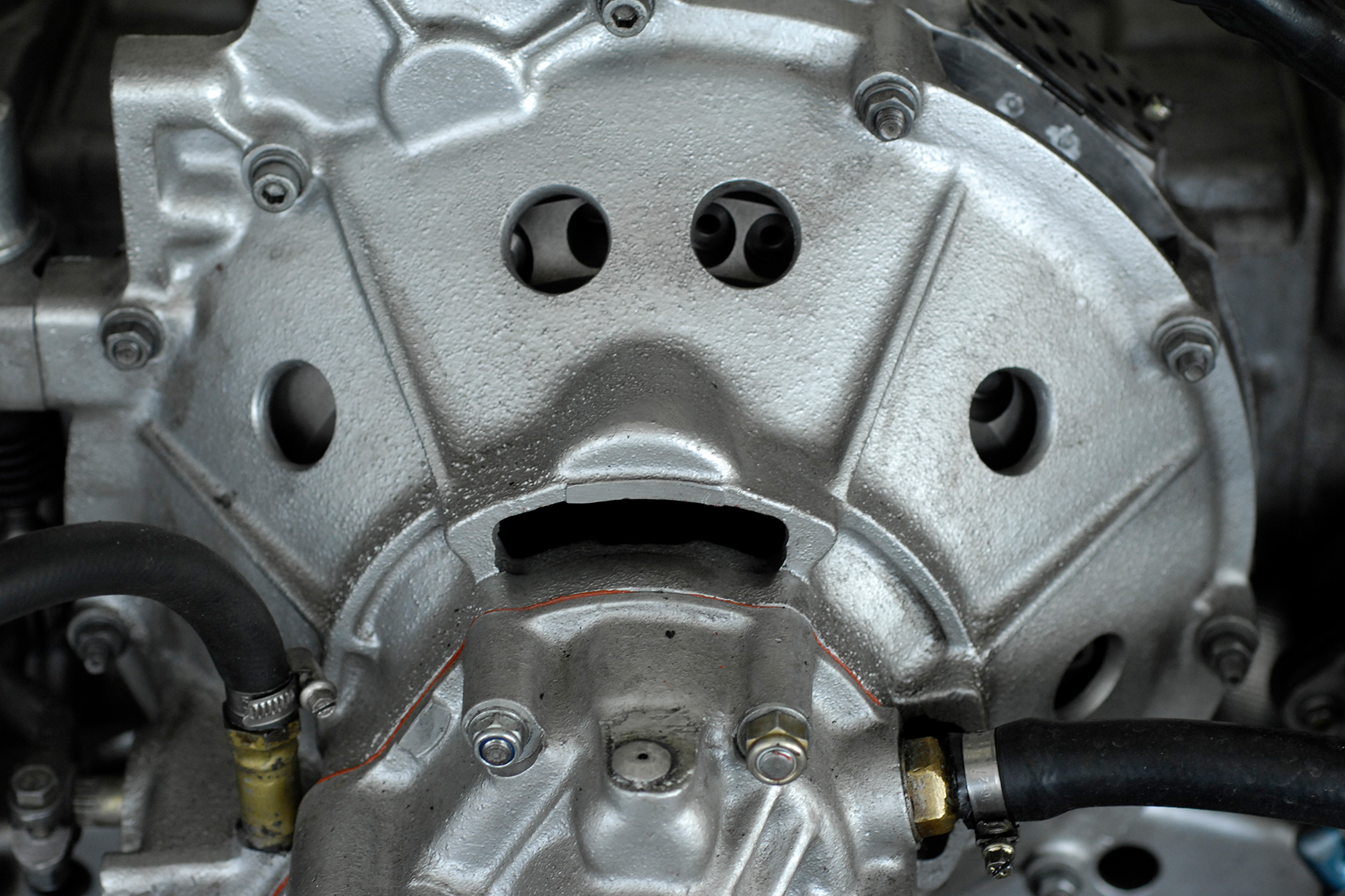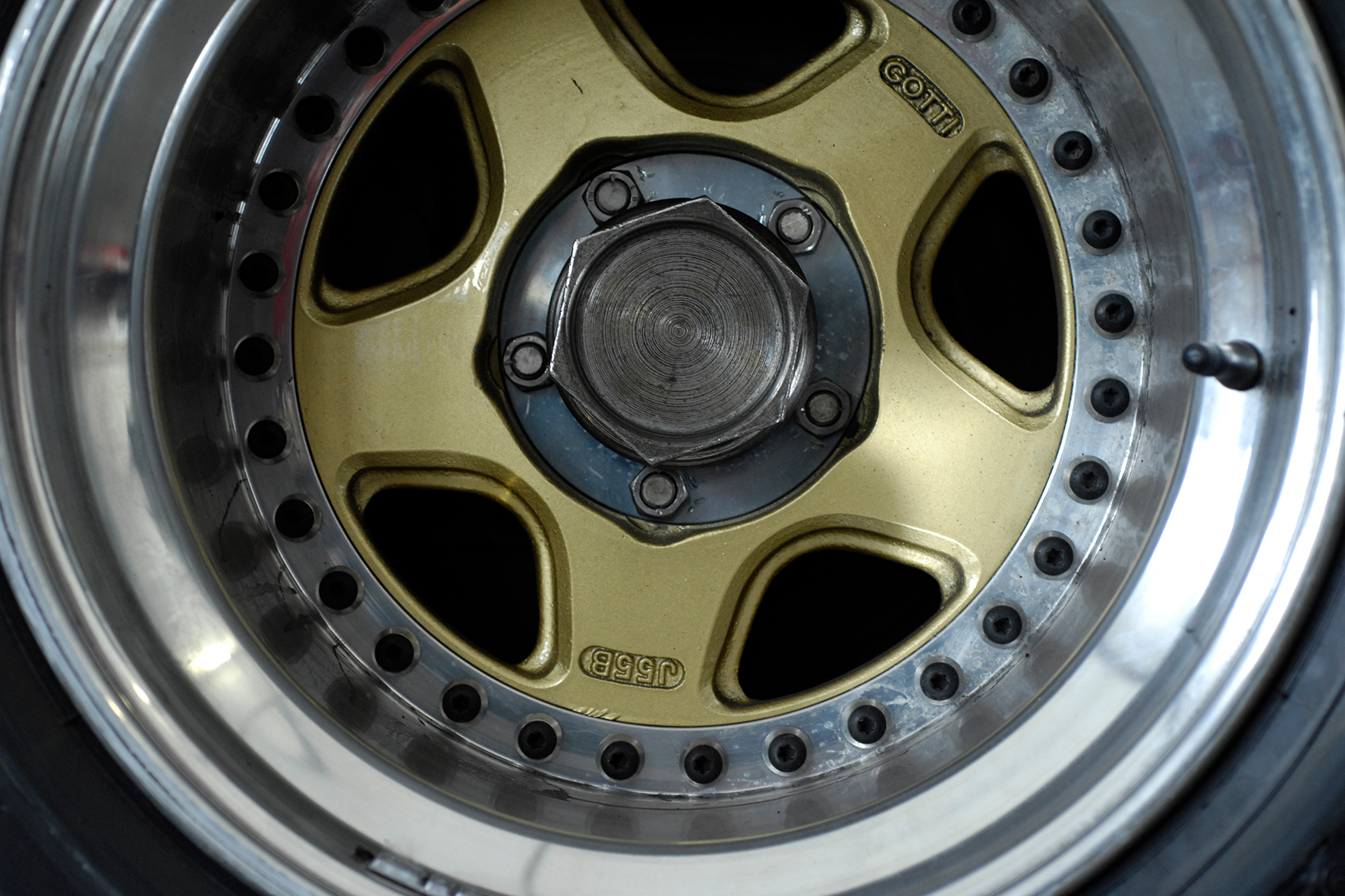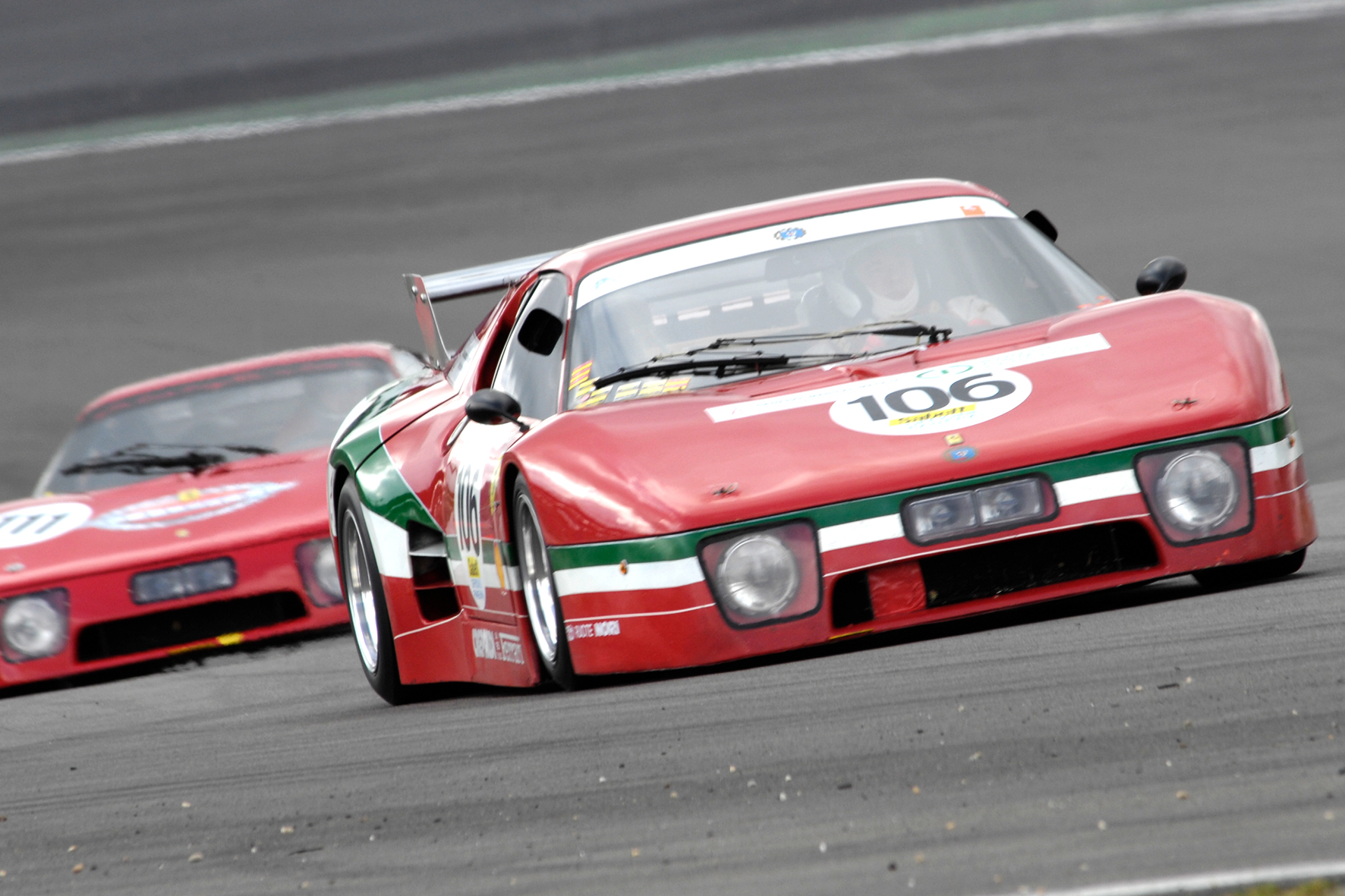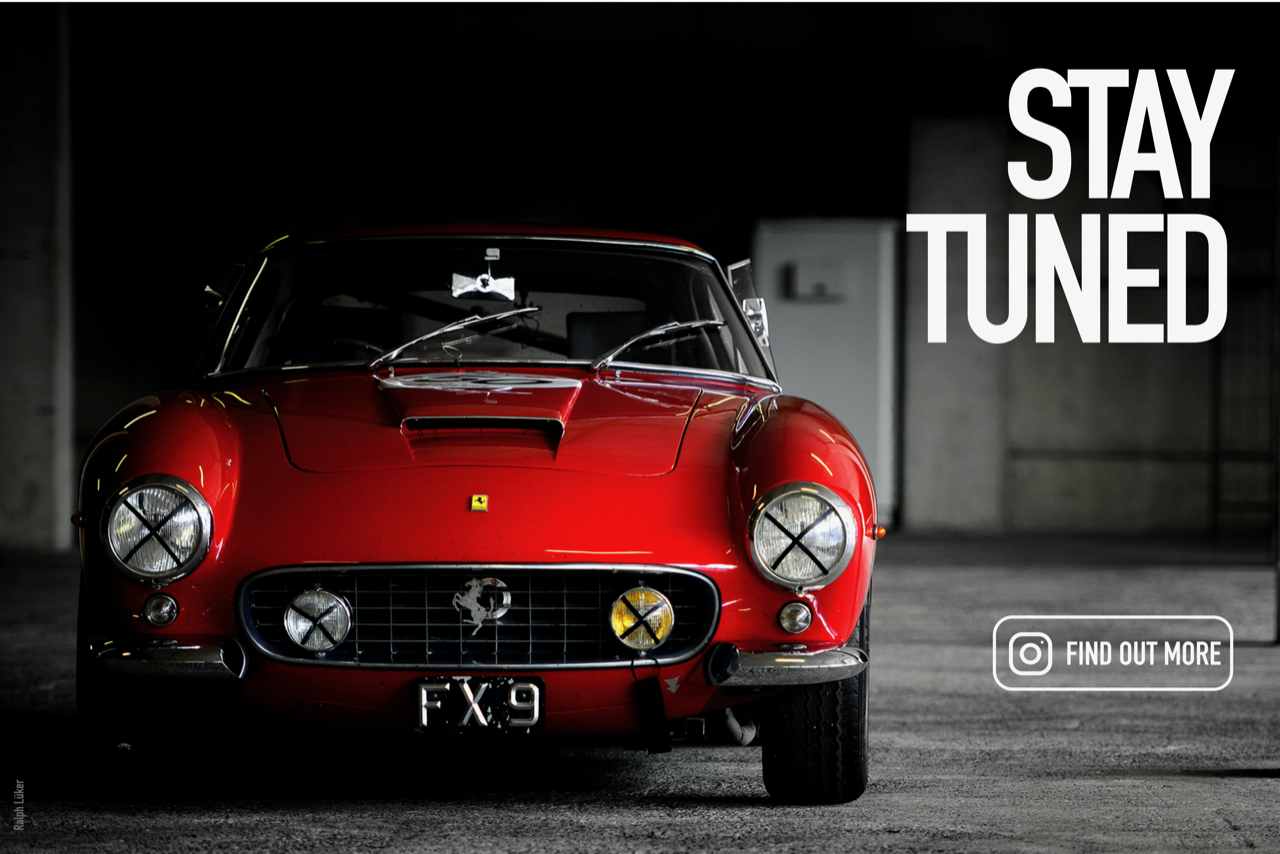What an uncompromising racing car. Externally, the shape of the body no longer has much in common with that of the standard 512 BB Ferrari. The huge rear bonnet alone, which covers the wonderful 180° 12-cylinder five-litre engine, is spectacular. The exterior shape of the radical ‘silhouette’ Ferrari 512 BB LM can therefore be seen as an anticipation of the later models from Maranello, such as the Ferrari F40 LM, F50 GT1 and the FXX.
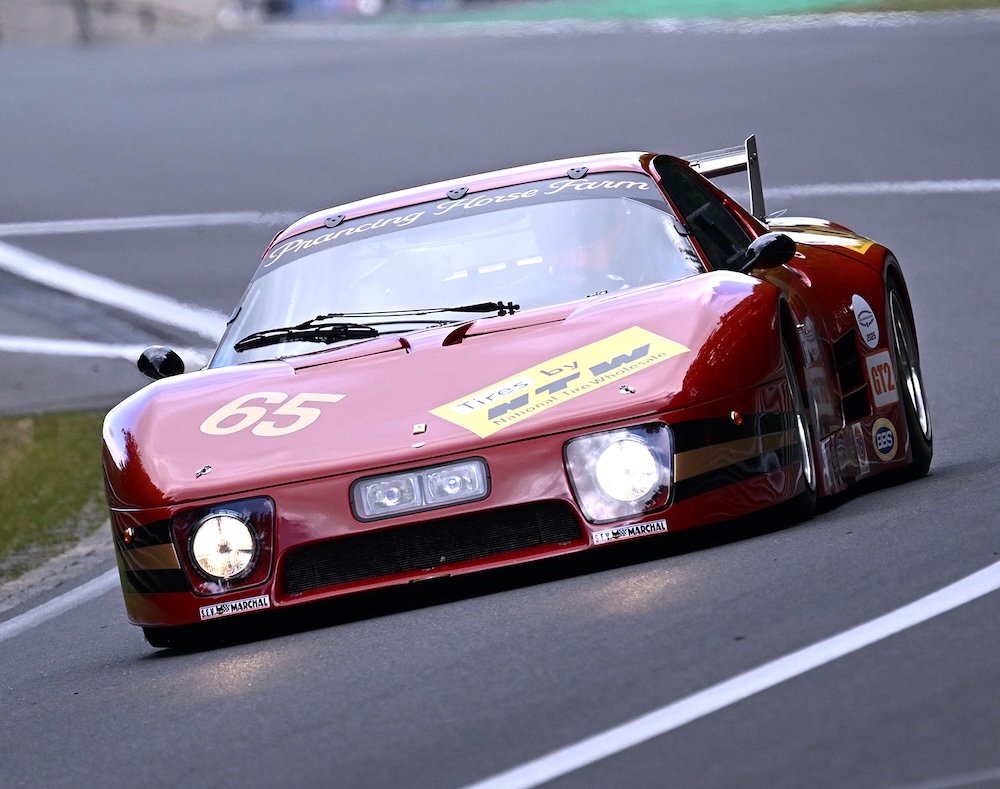
When Scuderia Ferrari withdrew from endurance racing at the end of 1973 in order to devote all its resources to the Formula One World Championship, the private racing teams were left to their own devices. They entered the Ferrari 365 GTB/4 Daytona in the big races and celebrated a few more class victories. When the new Ferrari 365 GT/BB with mid-engine appeared, this model was the first choice for the dedicated private teams in GT races. However, they received no support from the factory in Maranello. As a result, in 1976 at Le Mans, for the very first time since Ferrari was founded, there was no Ferrari at the start.
In the meantime, Ferrari had presented the 512 BB at the Paris Motor Show. It was outwardly similar to its predecessor, the 365 GT/BB, but the engine had been enlarged from 4.4 litres to 5 litres. In 1978, four slightly modified 512 BBs were entered in Le Mans, but none of these racing cars from Pozzi, Luigi Chinetti and the Ecurie Francorchamps saw the chequered flag. Due to the lack of support from the factory, the private teams were unable to cope with the set-up of the 512 BB, which was difficult to drive. The main problems were probably the weight and the gearbox, which was not adapted to the significantly higher performance. The handling of the racing car was also difficult due to the position of the engine. Nevertheless, the 512 BBs were faster than their predecessors.
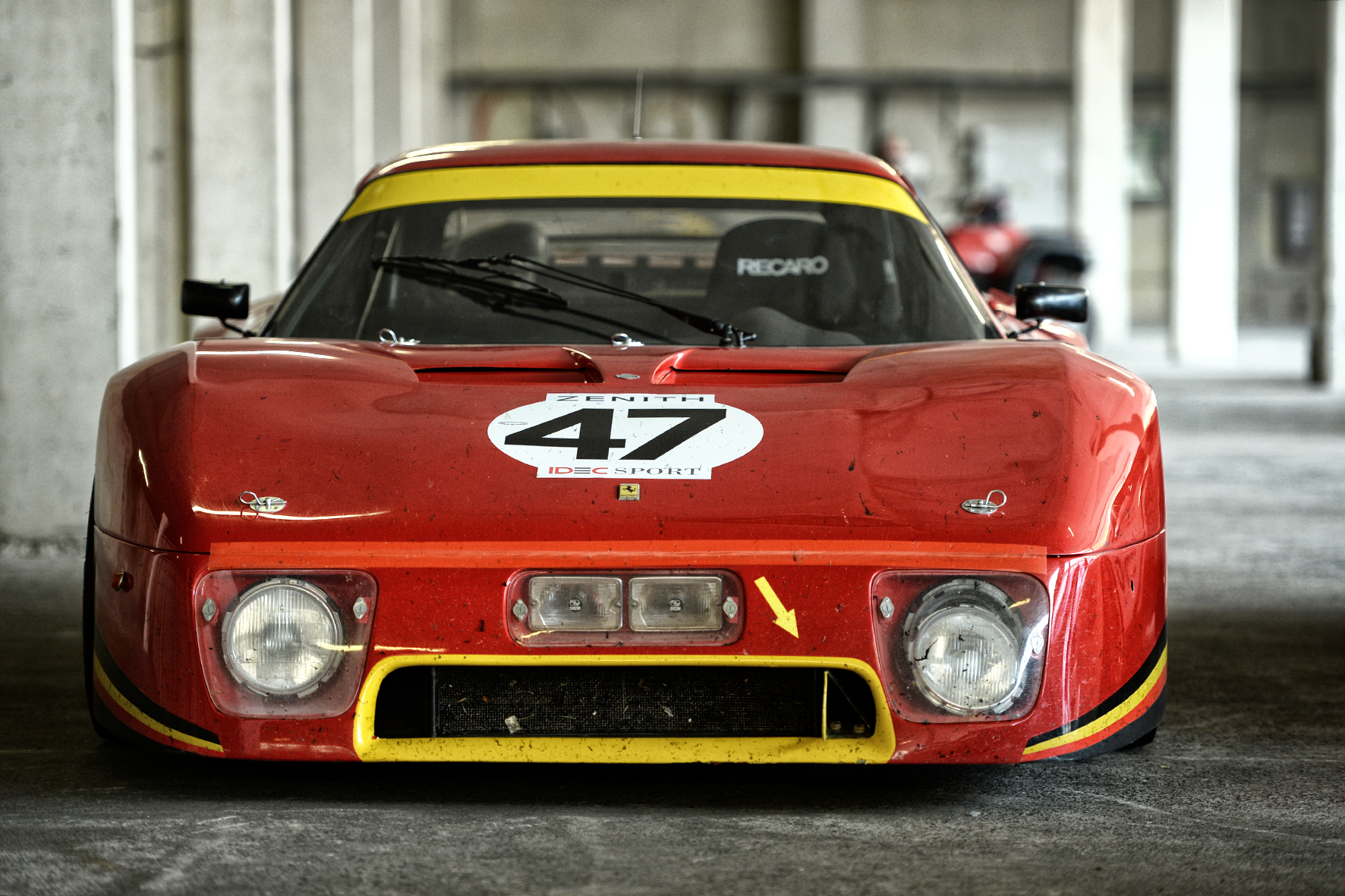
The factory reacted accordingly and, in co-operation with Pininfarina, prepared three new so-called 512 BB LM (Le Mans) for 1979, which were to be specially adapted for Le Mans. With the help of Pininfarina’s wind tunnel, an aerodynamic body made of GRP was developed. This made it possible to reduce the weight and reach a breathtaking 320 km/h on the long straight at Le Mans. They were definitely more competitive than the 512 BB. The redesigned body meant that wider wheels and tyres could be used. An enlarged rear wing was also intended to ensure better driving stability. The power output was increased once again to 470 hp.
A total of 25 Ferrari 512 BB LMs were built, but only 17 of them were entered in various endurance races in Europe and North America. A 512 BB LM started a total of 54 times in just twelve events, including Daytona, Sebring and Le Mans. Ultimately, however, the really big success failed to materialise. The successes of Charles Pozzi in 1981 and the Prancing Horse Team in 1982 remained the best results. Otherwise, the 512 BB LM was reserved for midfield positions until its end in 1984 due to the regulations.
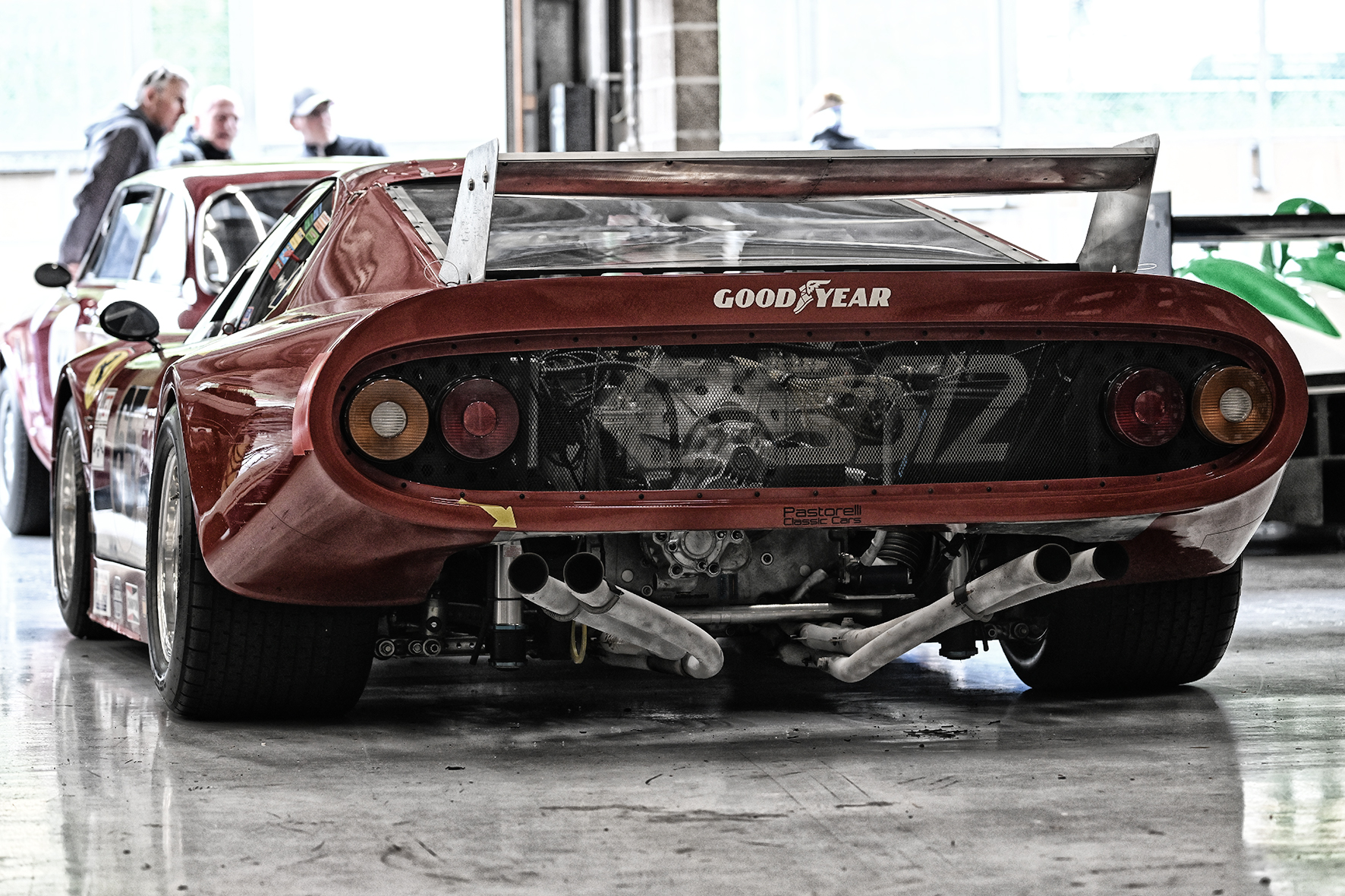
The handling and gearbox problems were constant companions and the reliability of the racing car was also not good. The 512 BB LM was a spectacular racing car but probably one of the most unsuccessful in Ferrari history.
Today, you often see various Ferrari 512 BB LMs at historic motorsport races, most recently at the Spa Classic by Peter Auto. The racing car still looks fantastic, has a cool sound, but always seems a little sluggish on the track to me. For me, the 512 BB LM seems to be a concept that hasn’t been thought through to the end, good approaches perhaps but not really fully developed. Its biggest competitor, the Porsche 935, is also a little strange with its body attachments, but this type of modification was very popular at the time. The Porsche 935 was not only fast but also reliable. Nevertheless, the Ferrari 512 BB LM is a popular photo motif for me on the racetracks today. Failure or not, the Ferrari 512 BB LM looks very cool. Find out more about our photographer Ralph Lüker.
